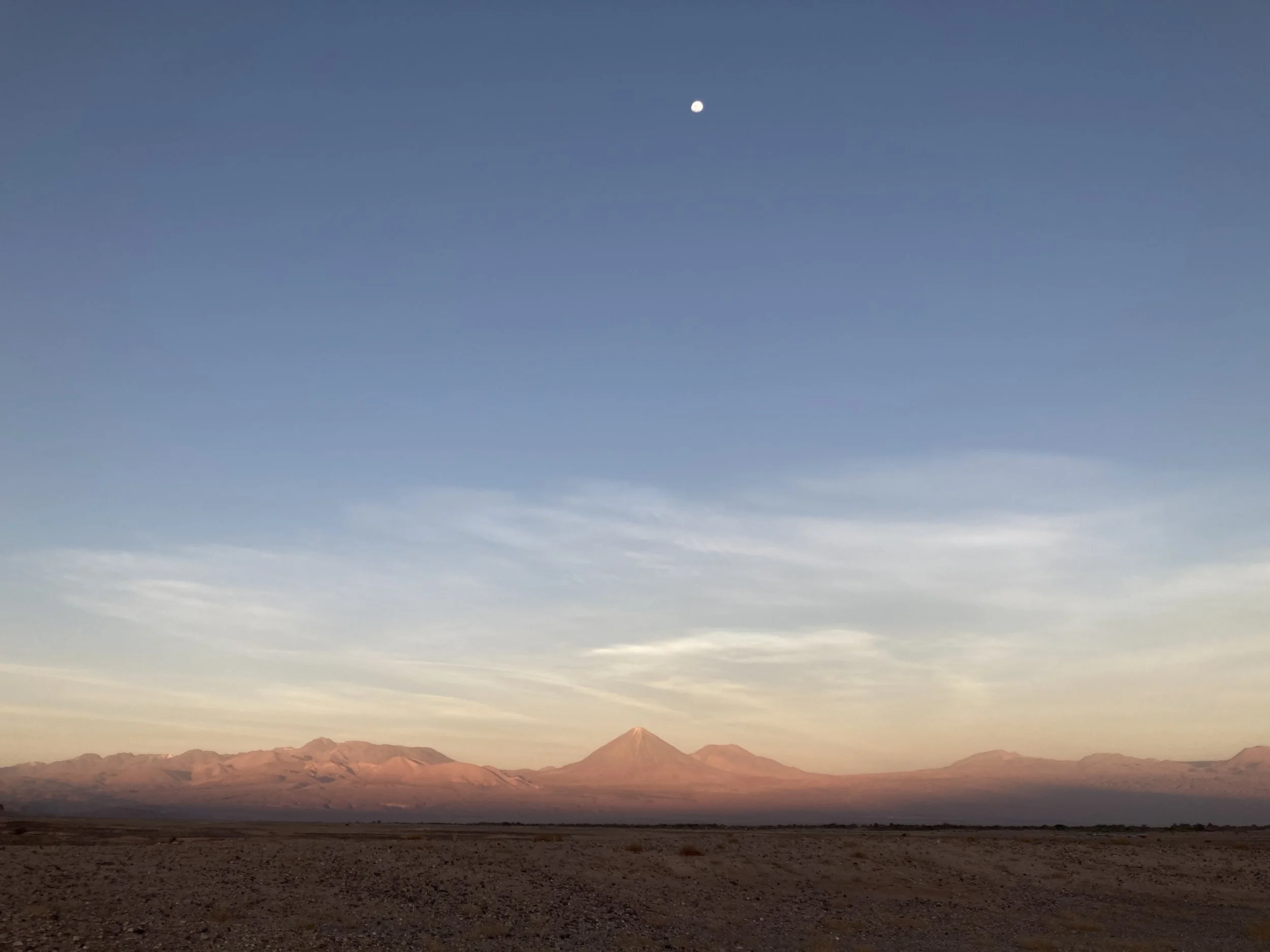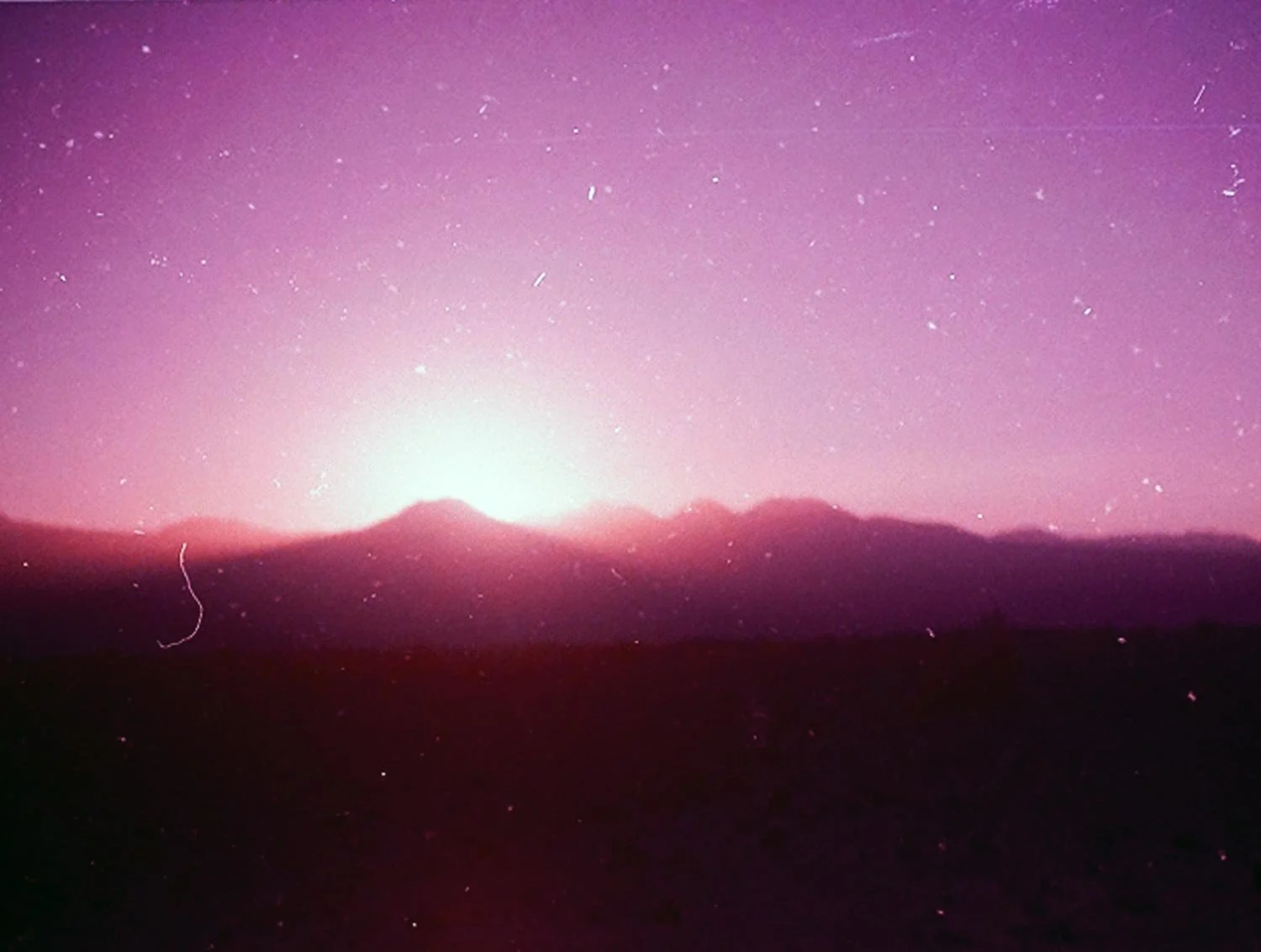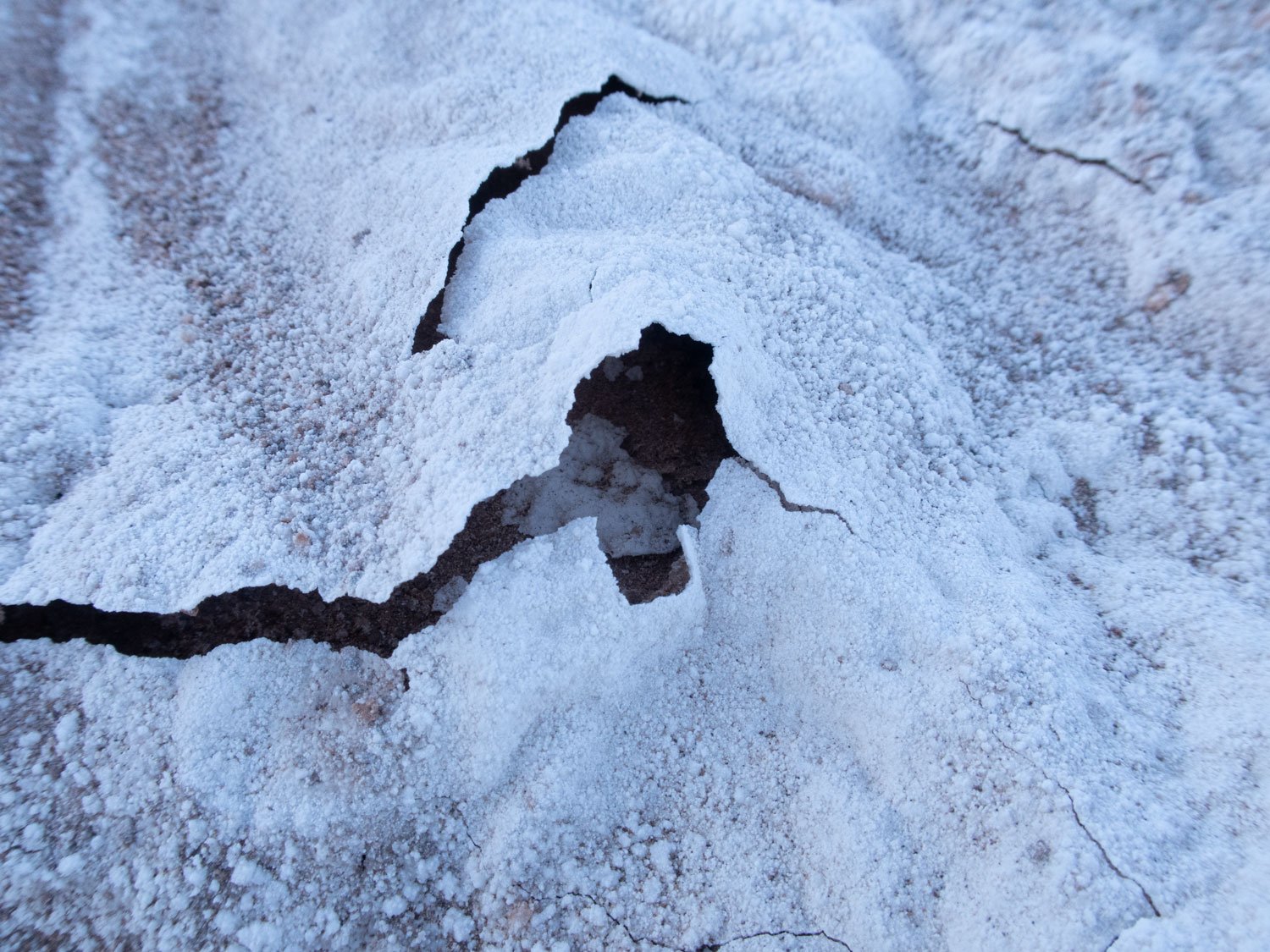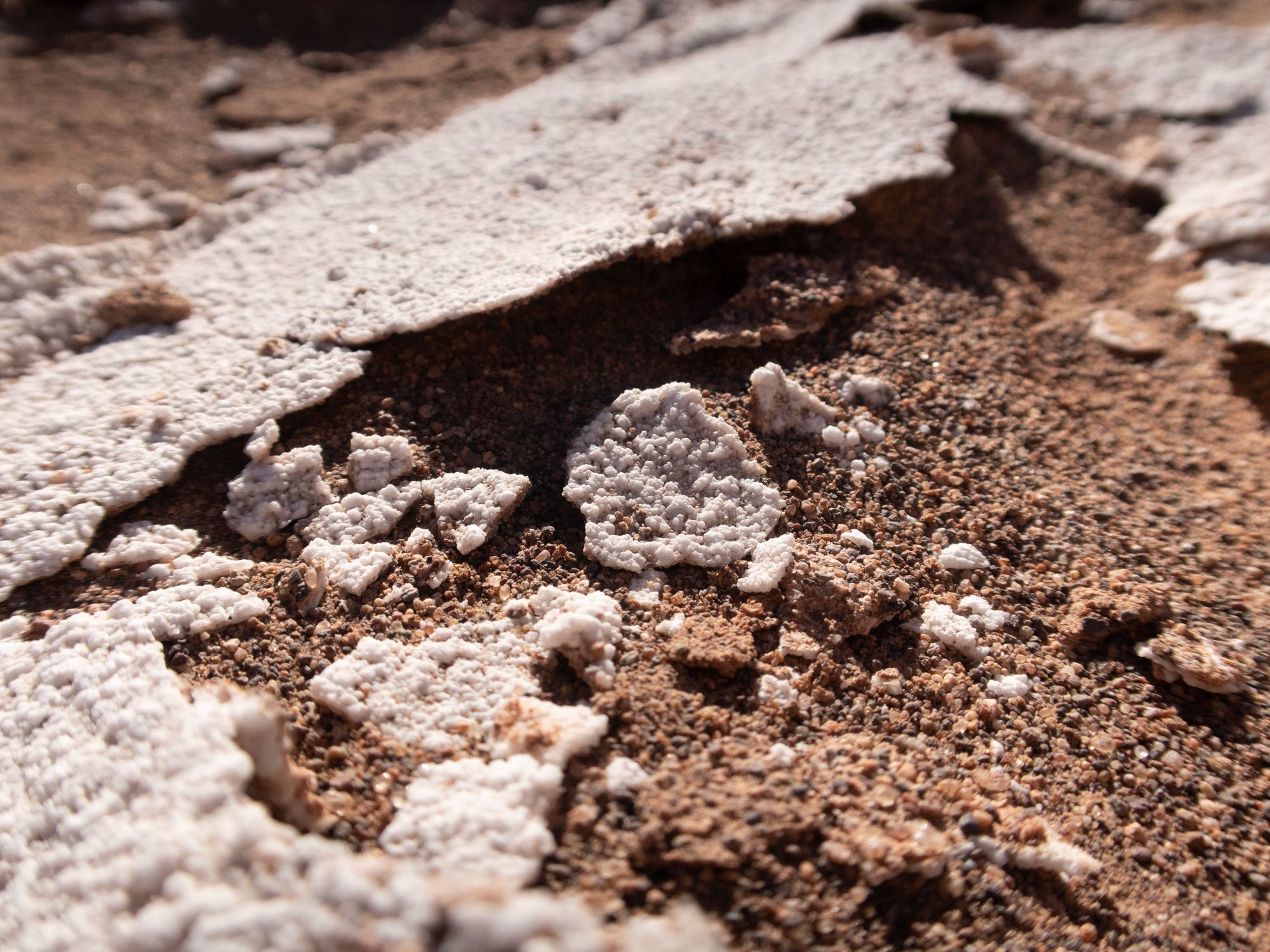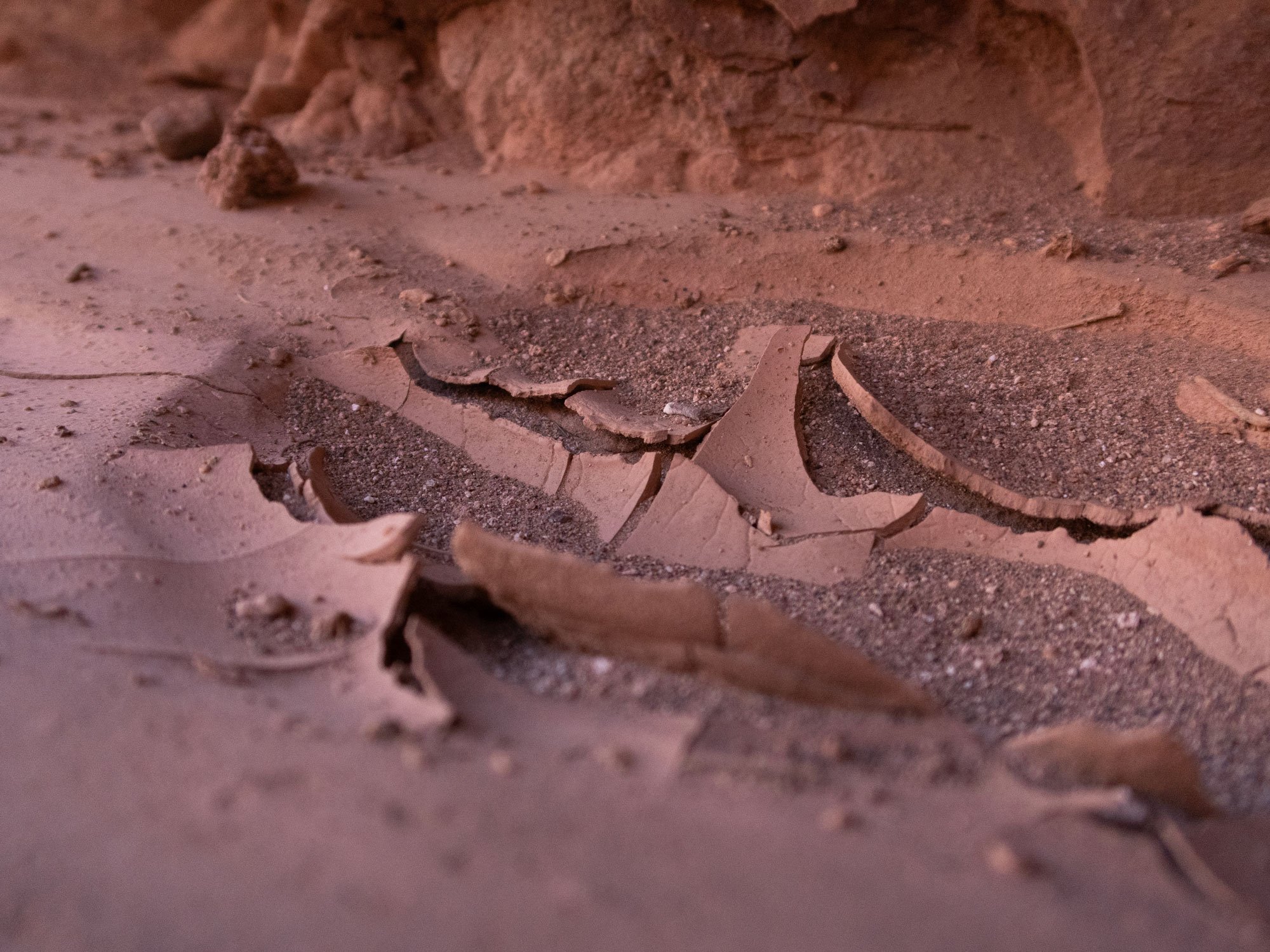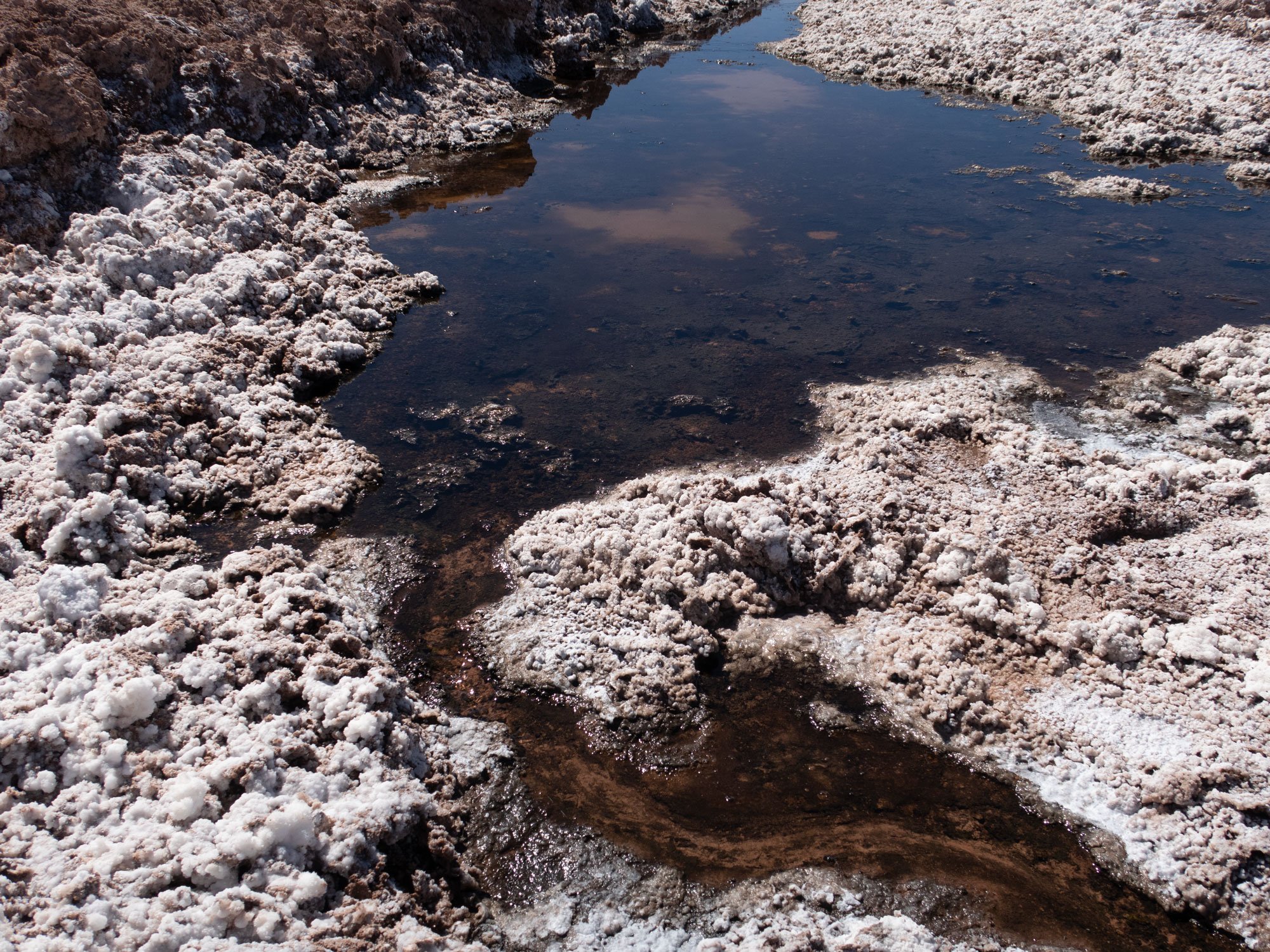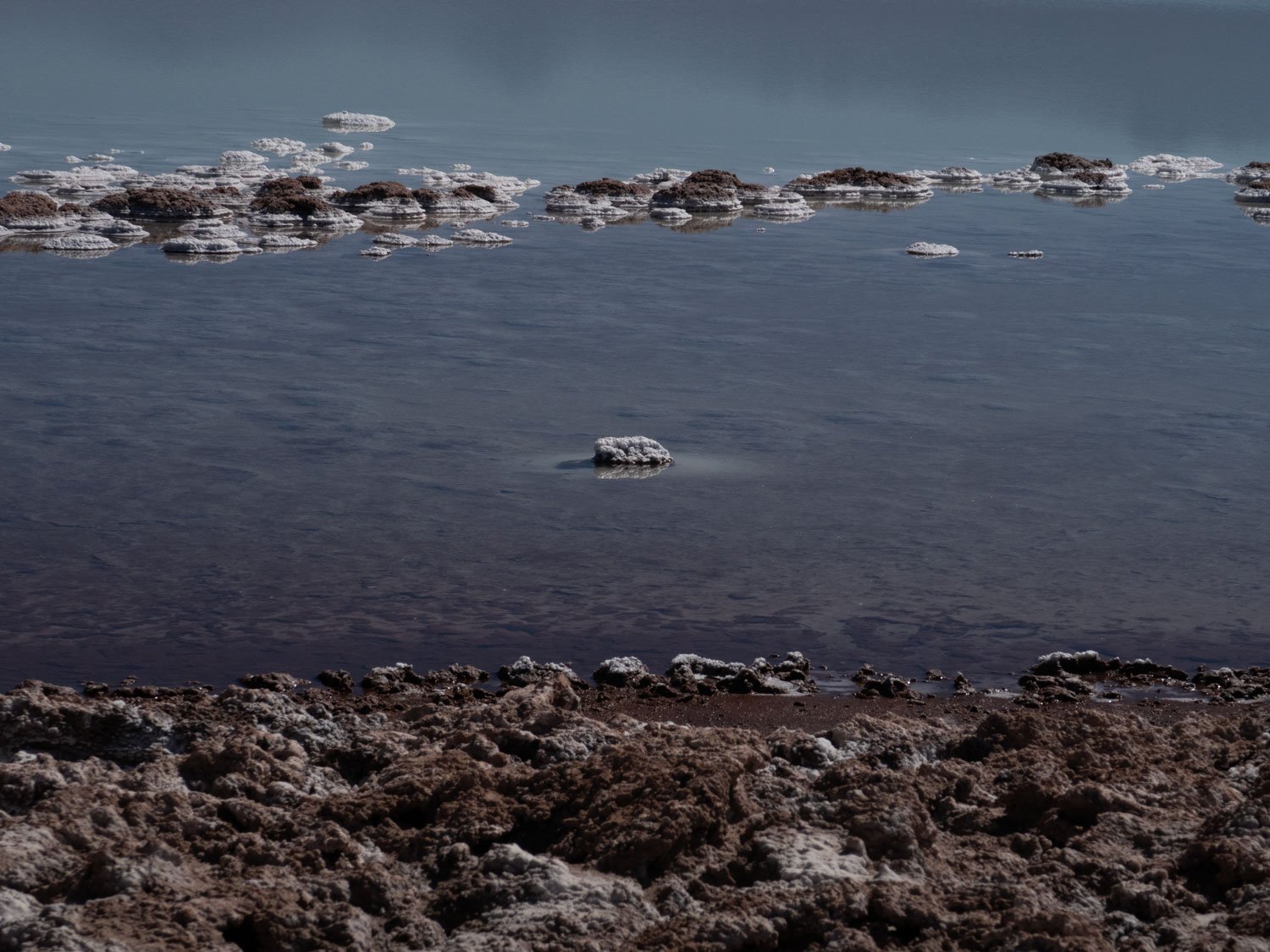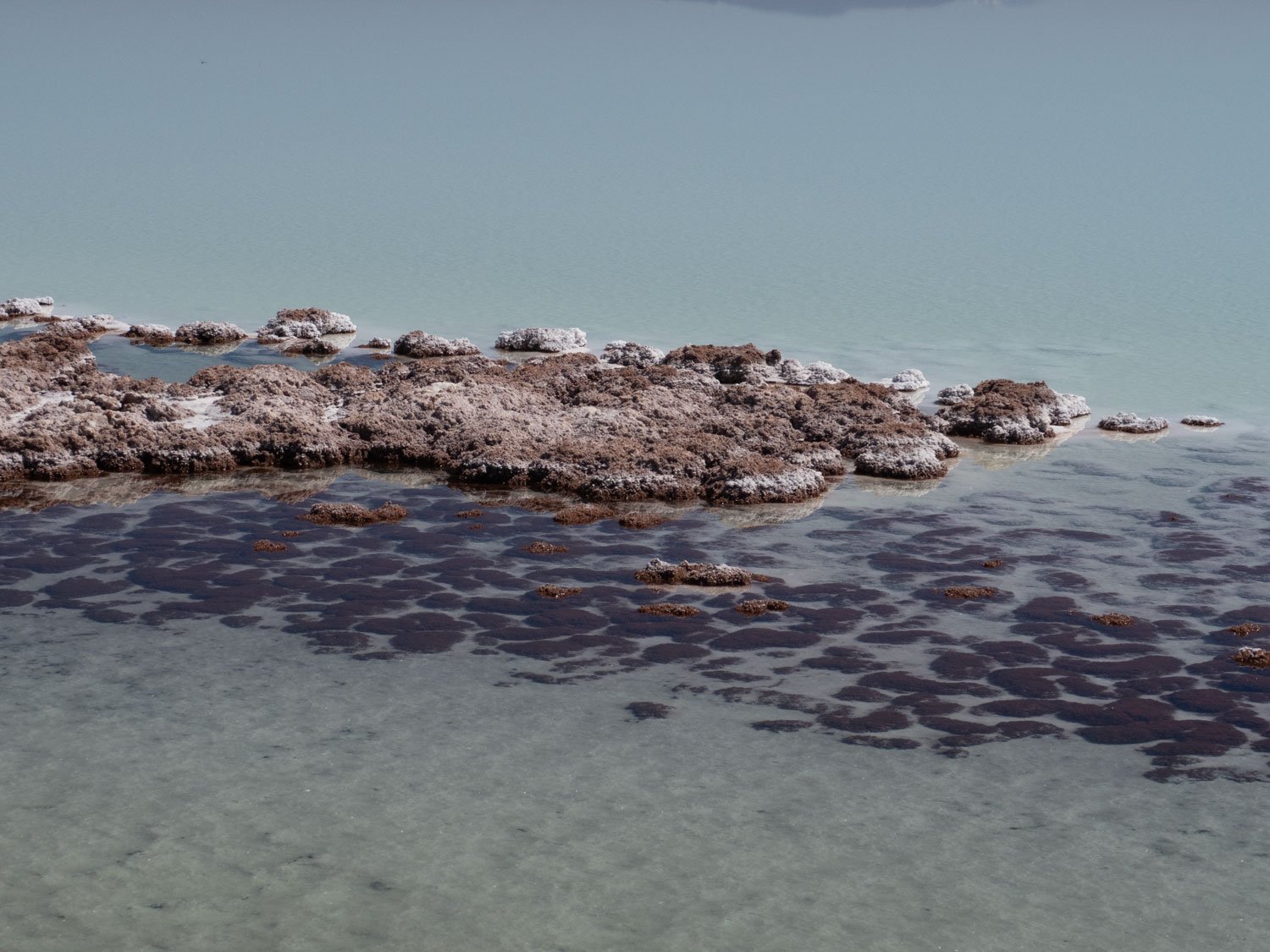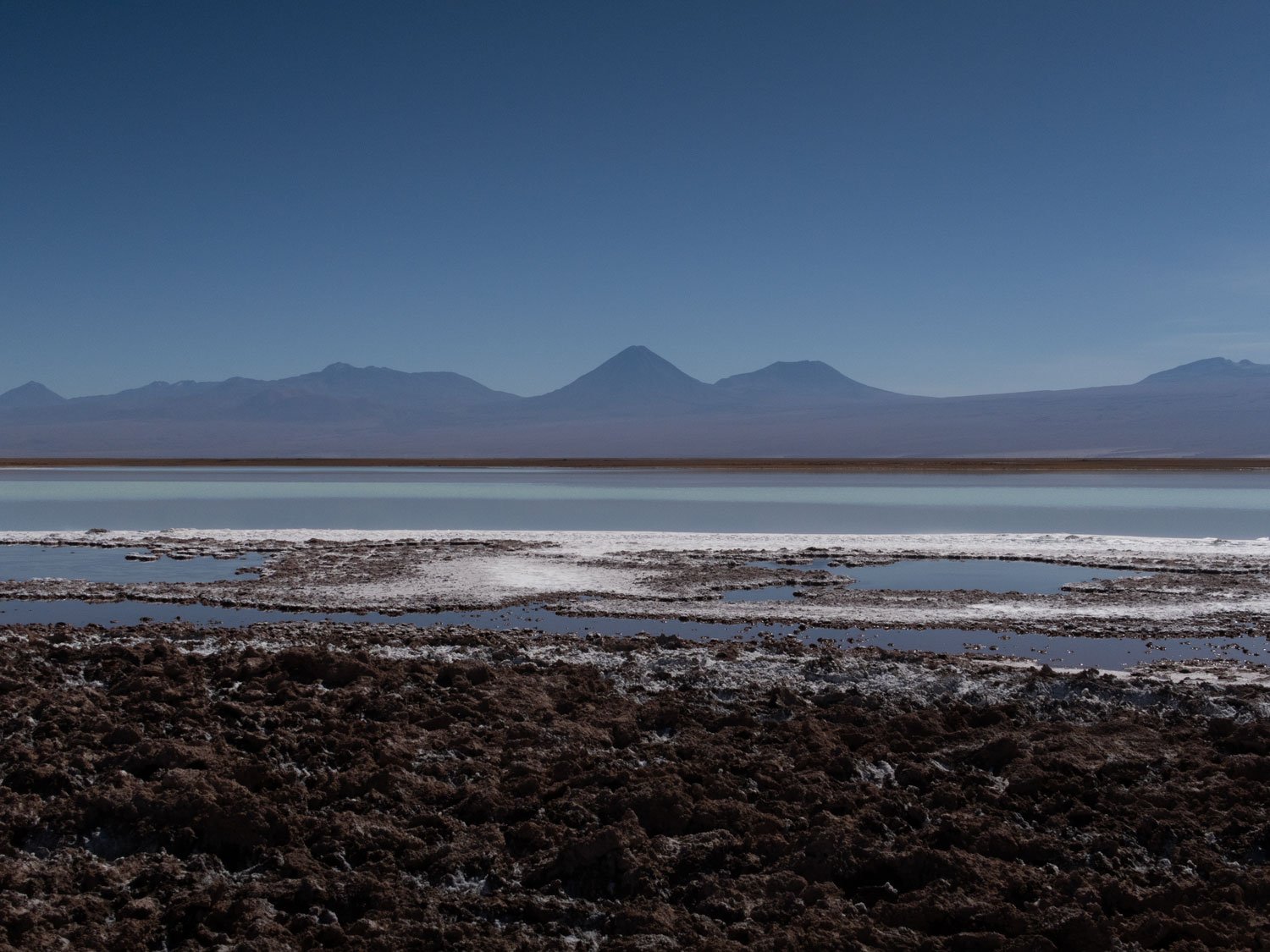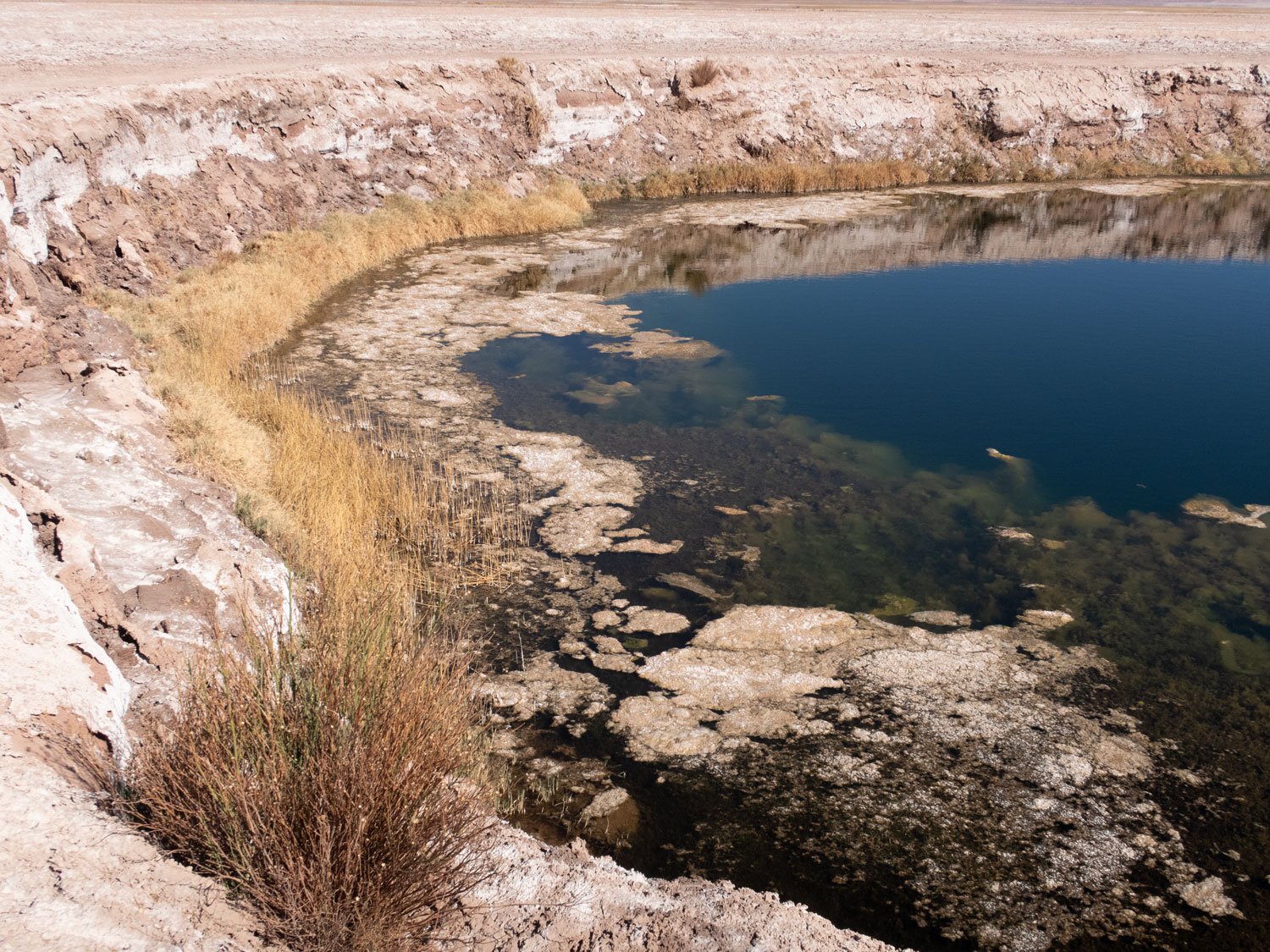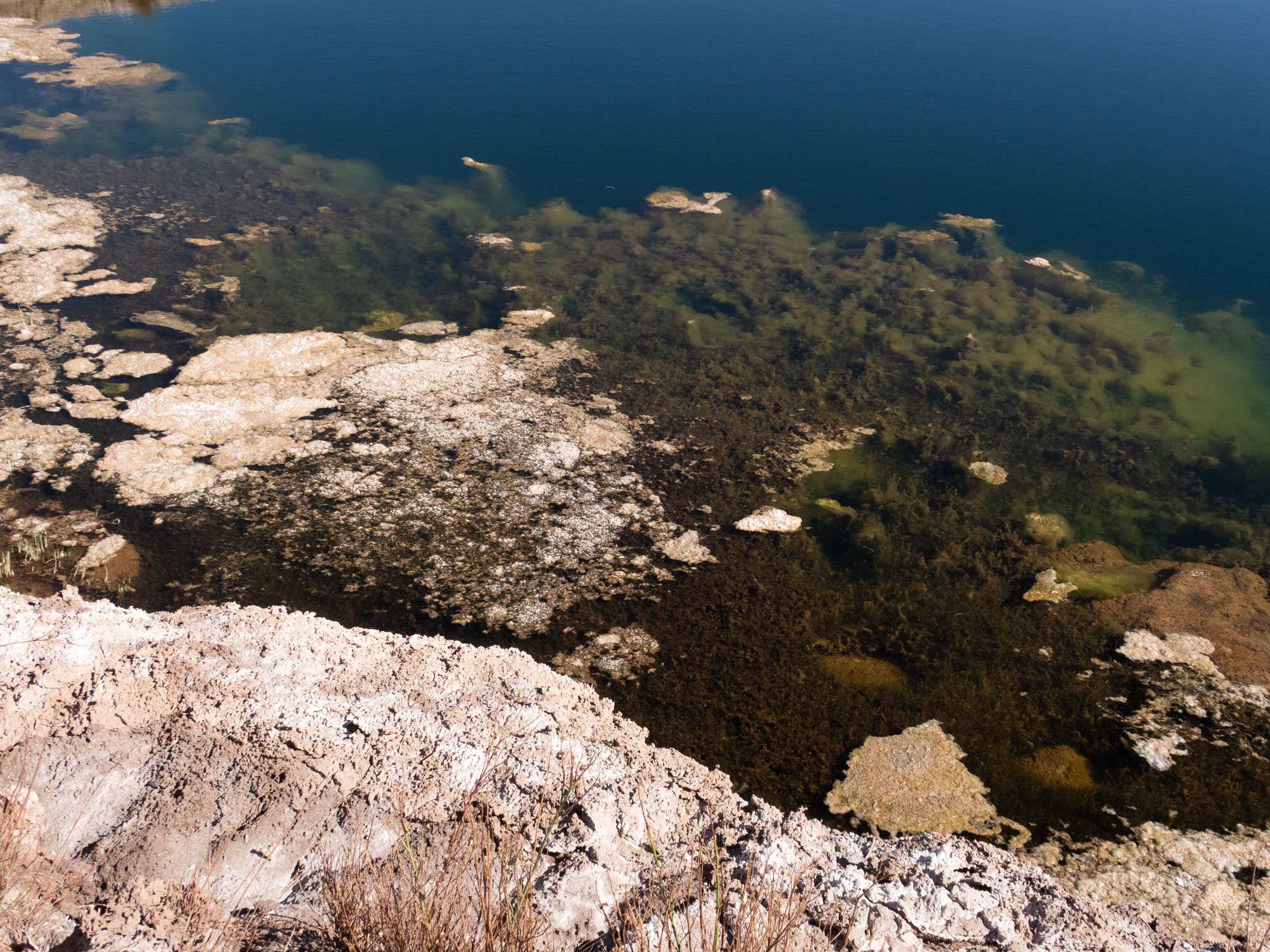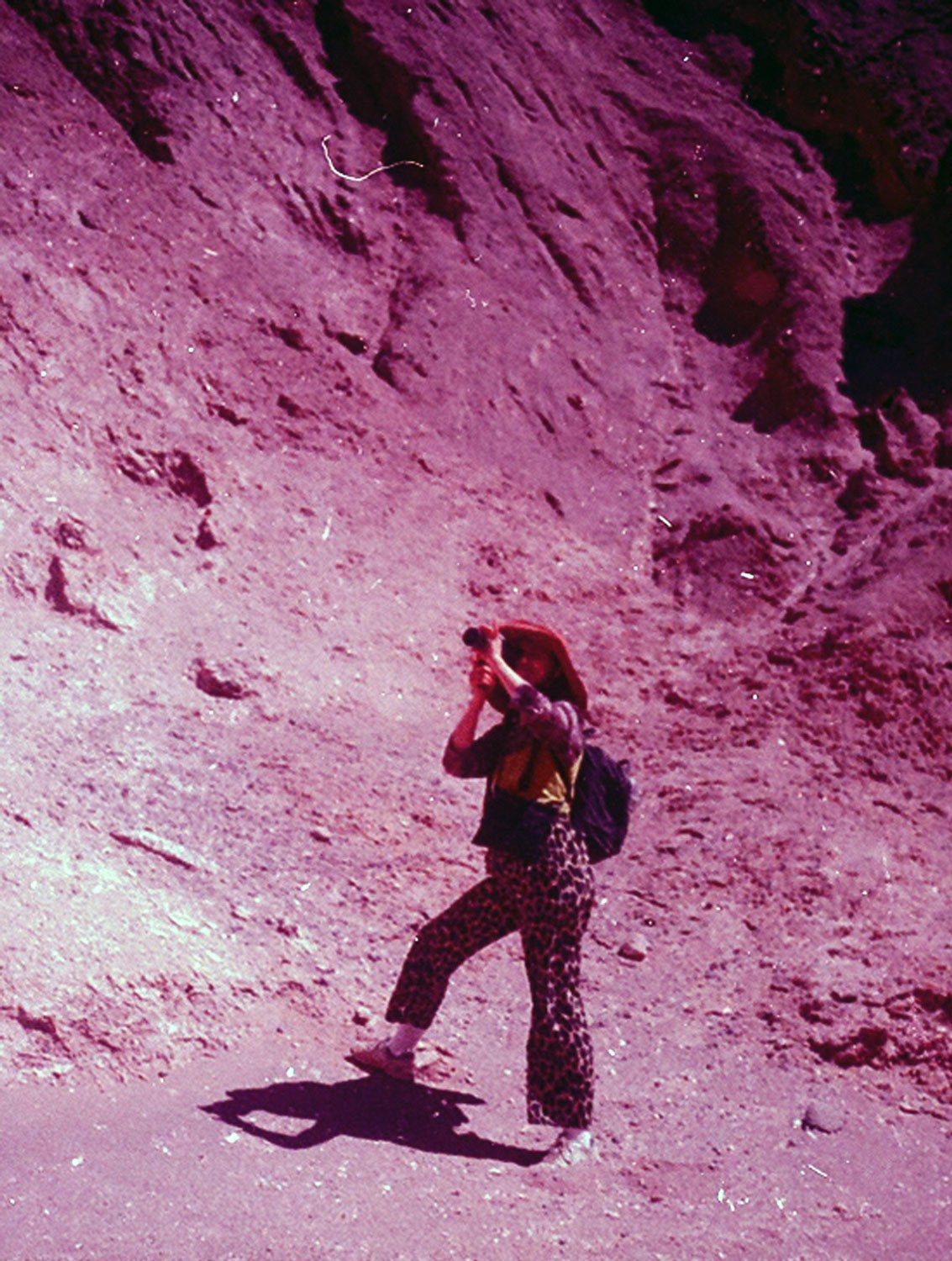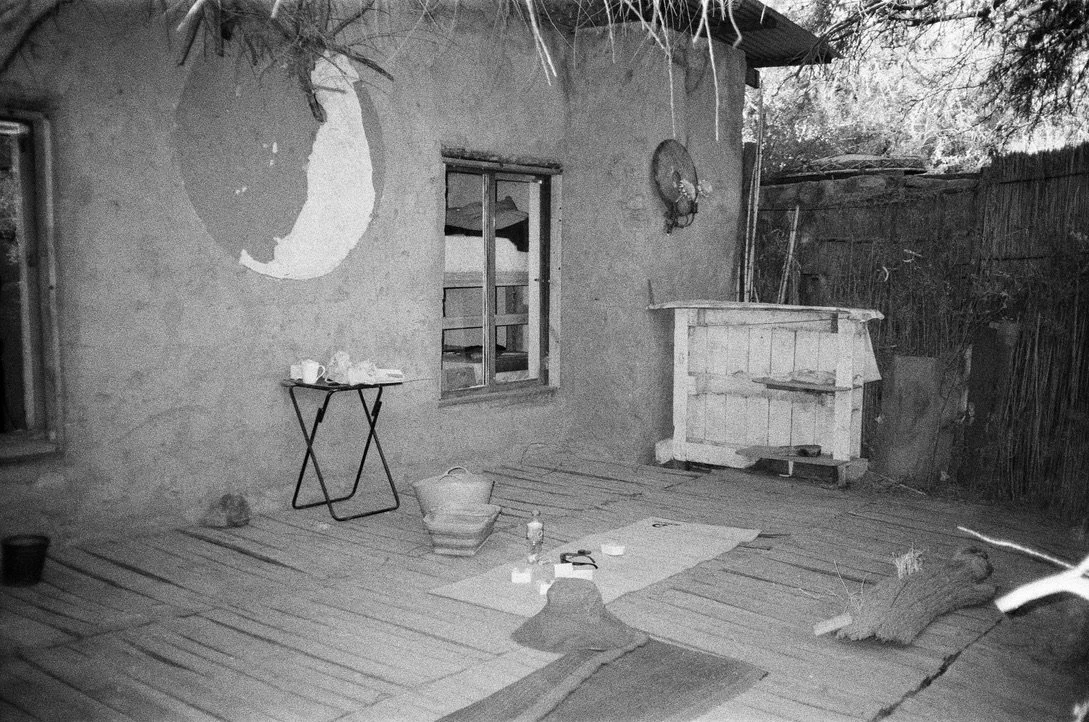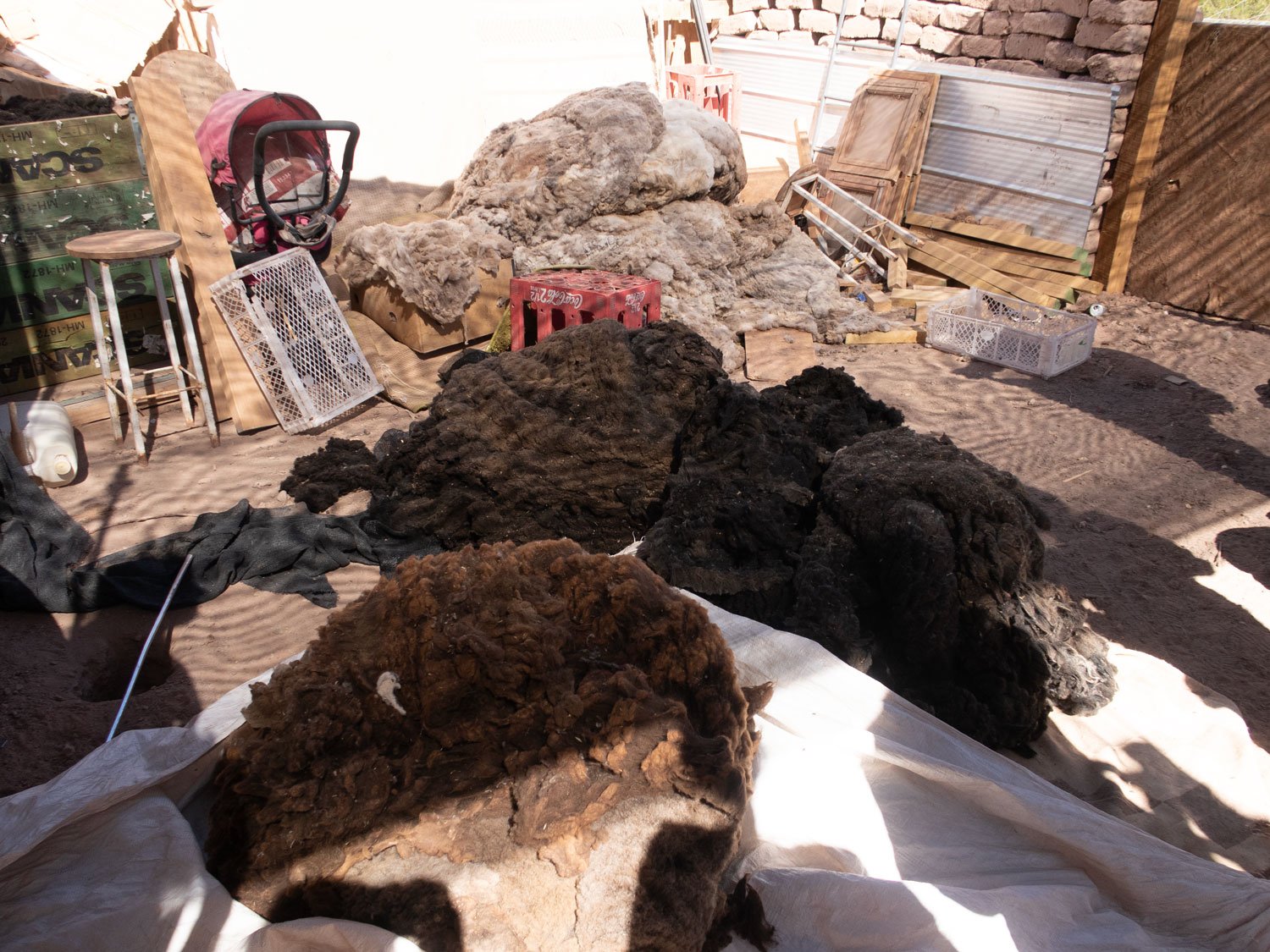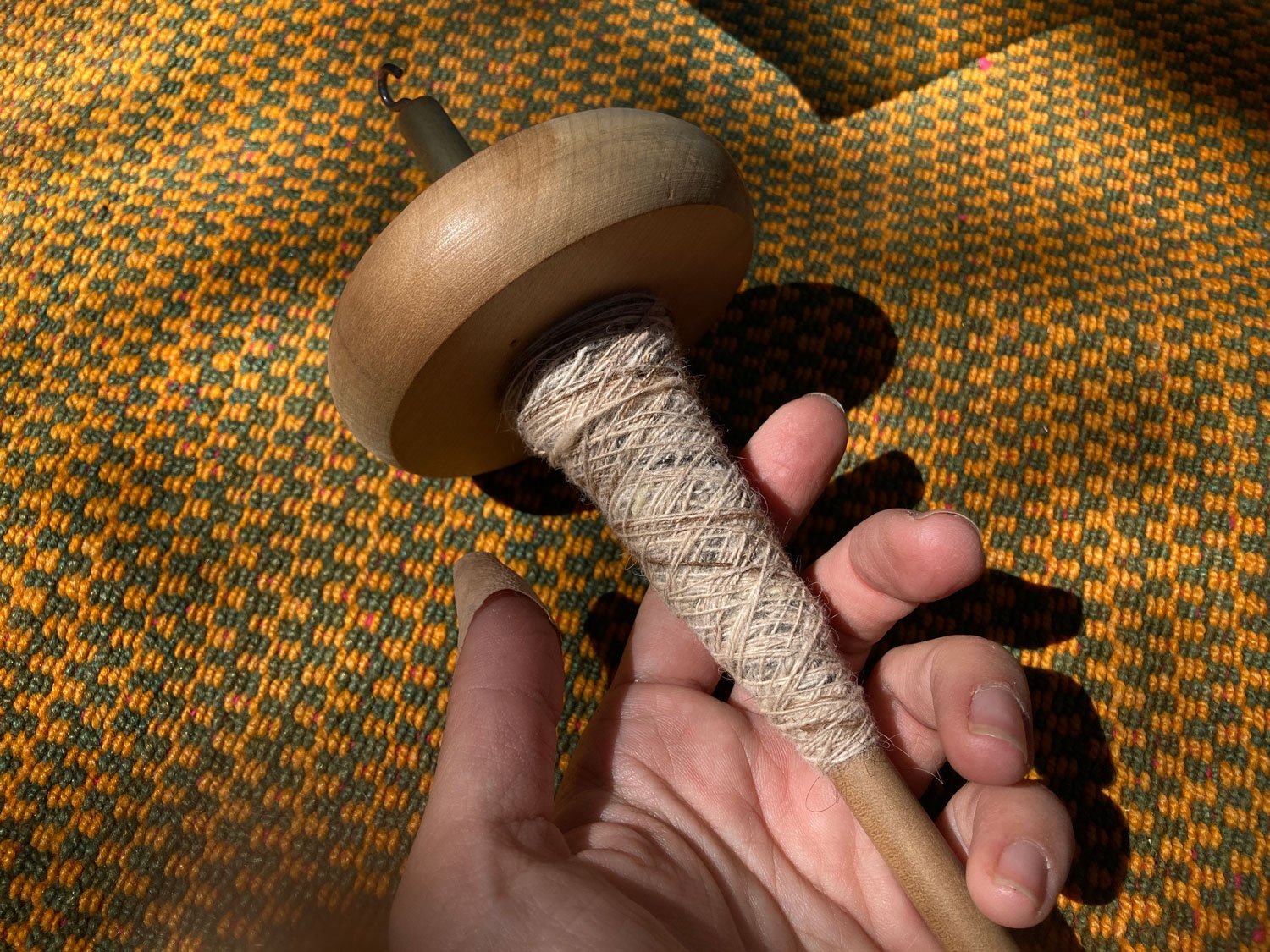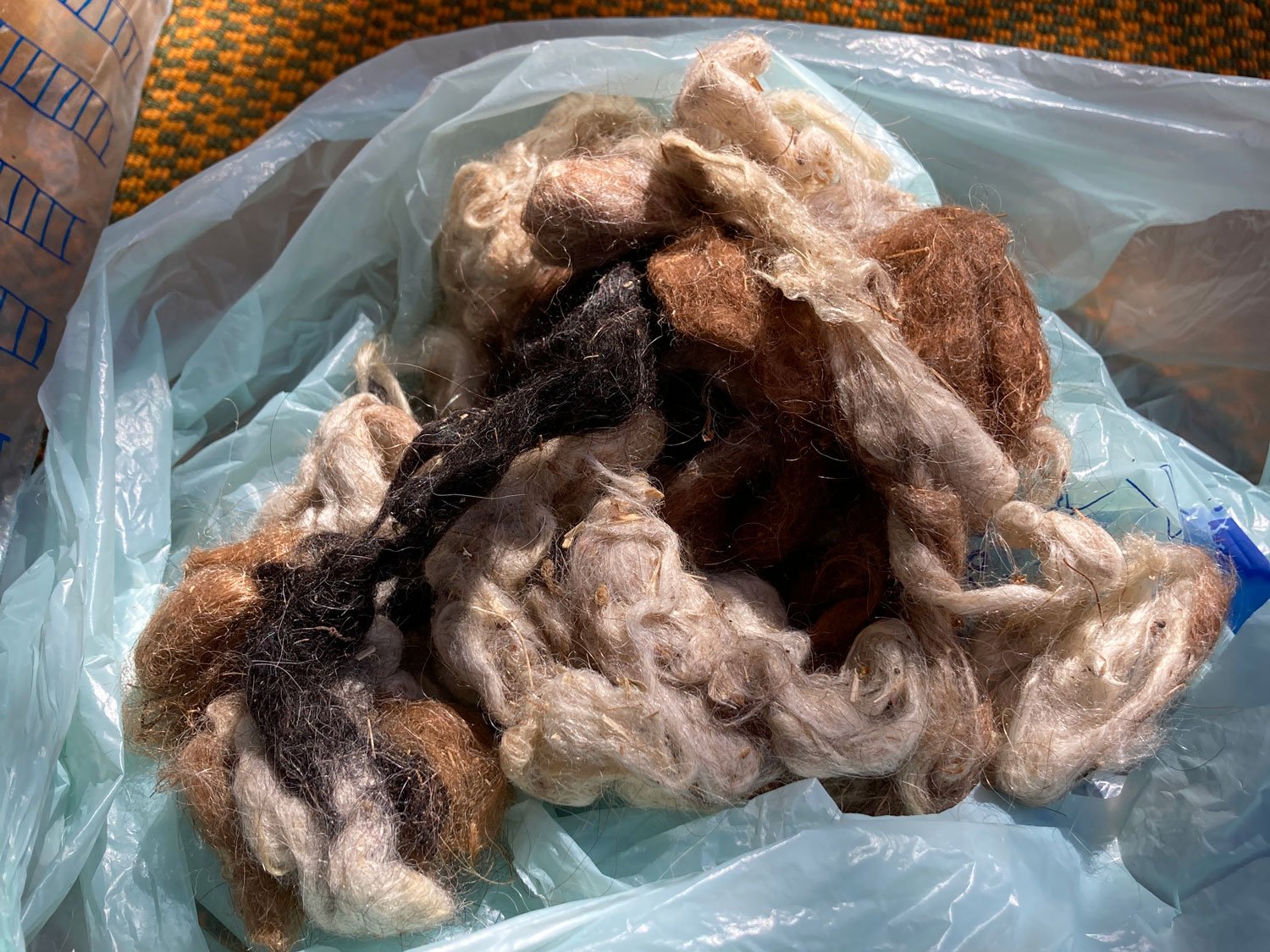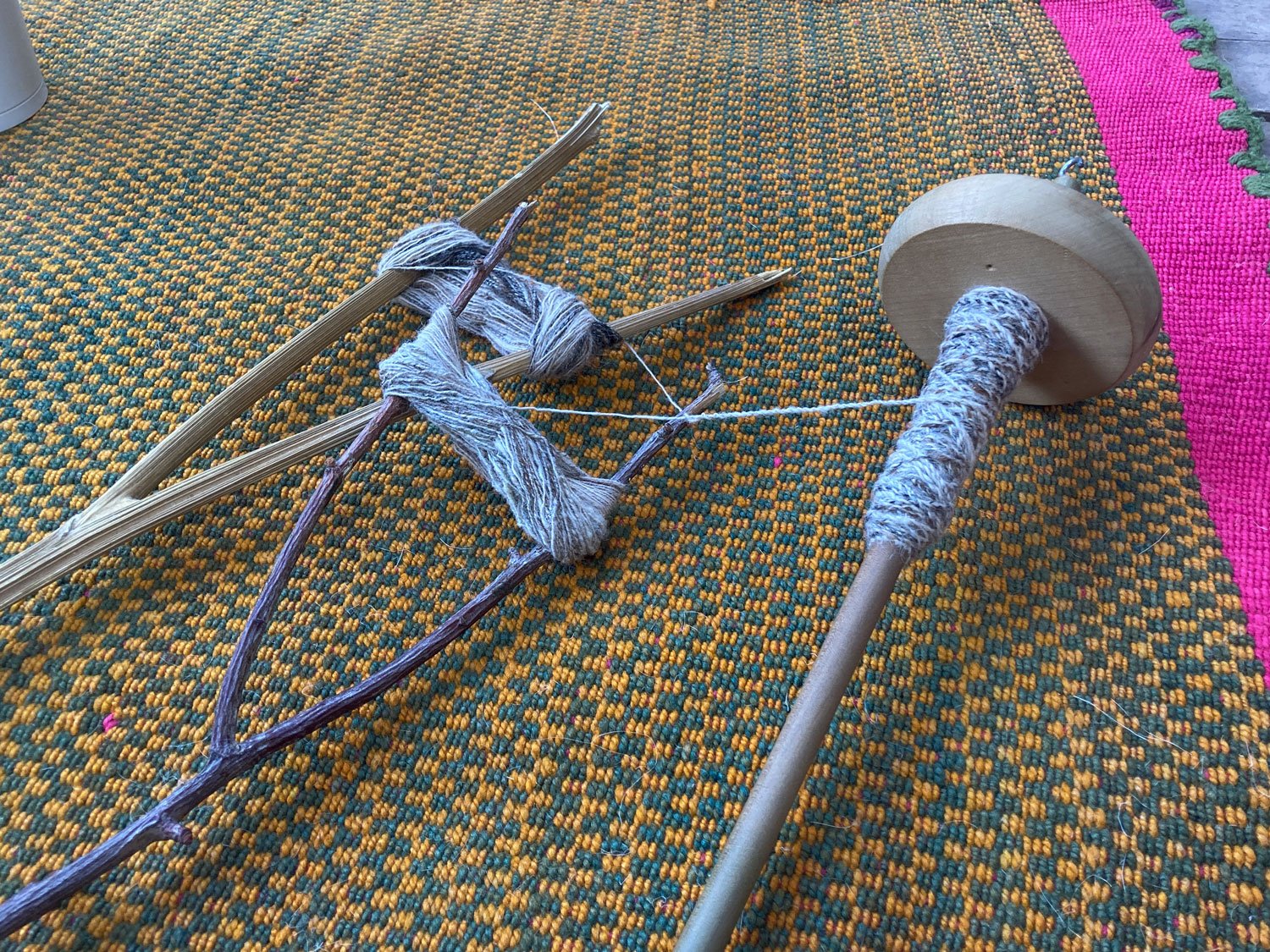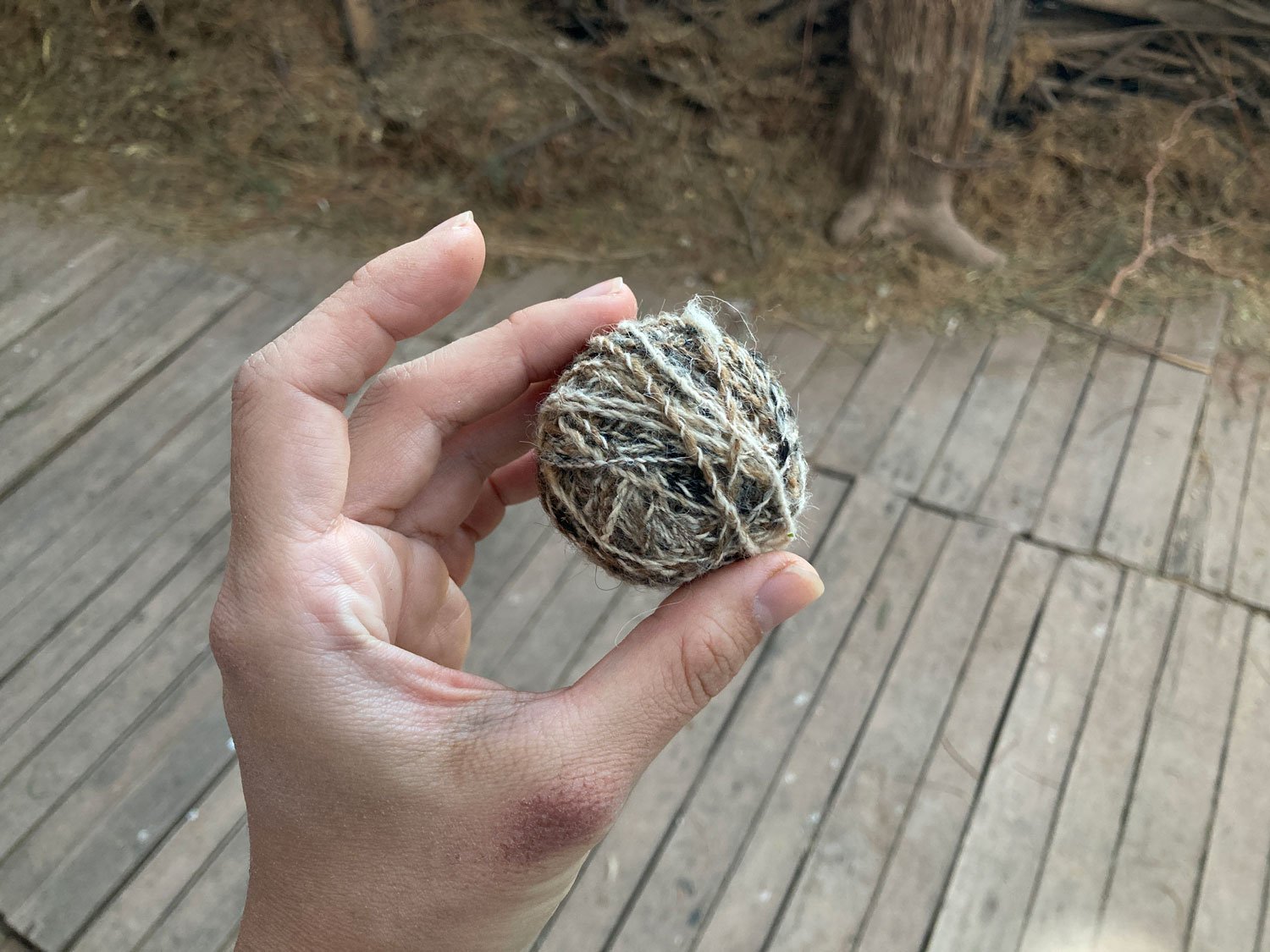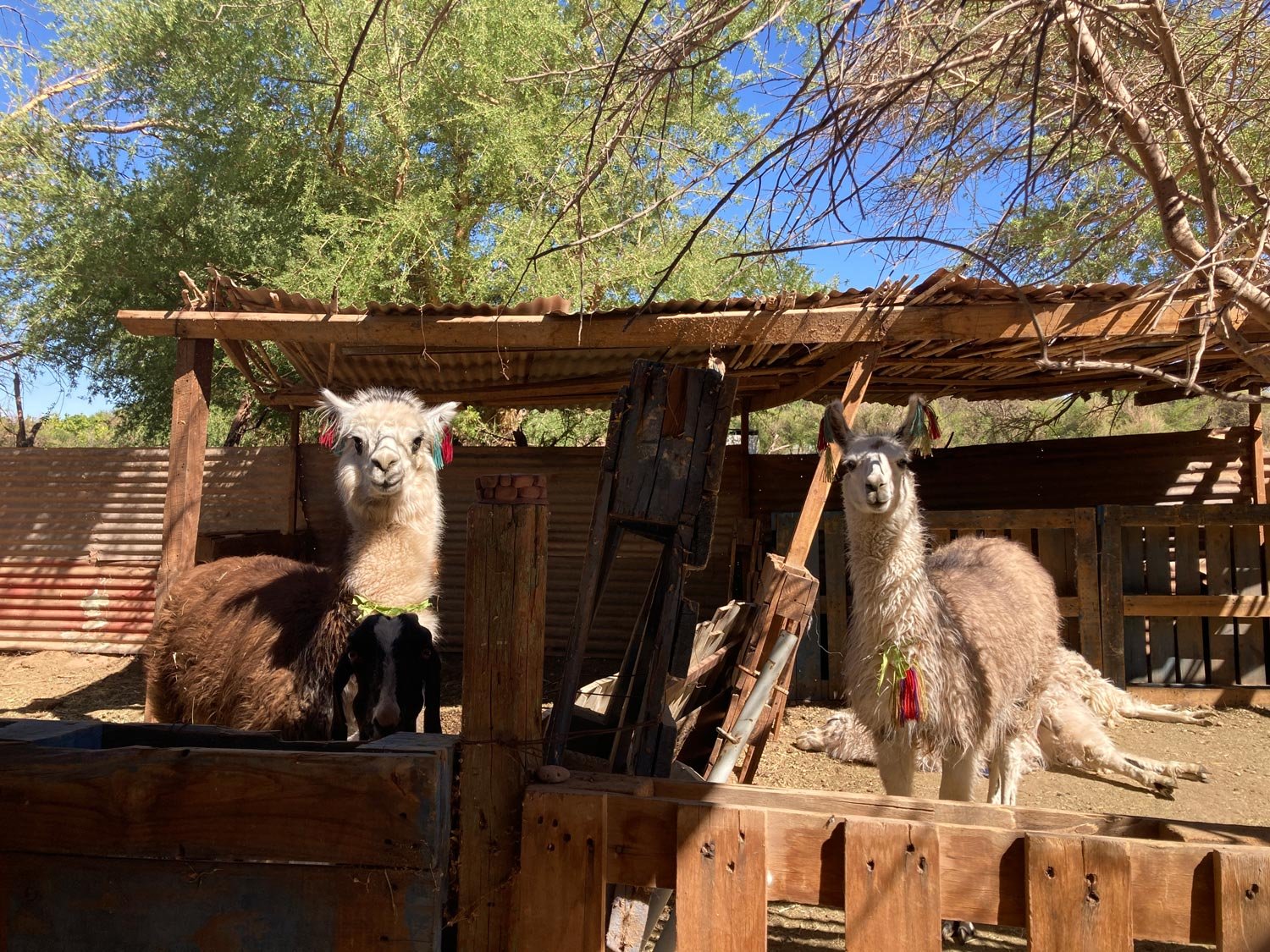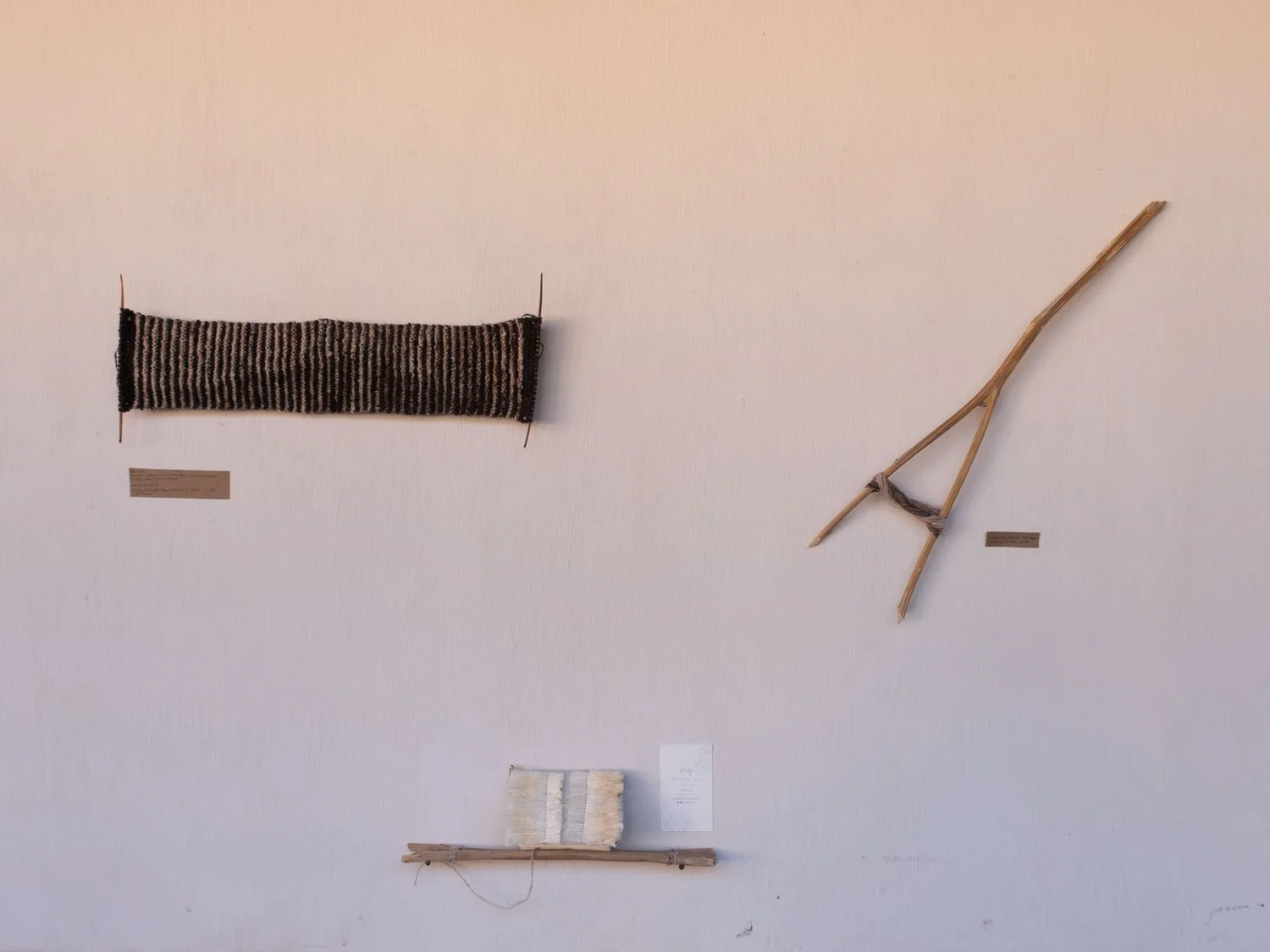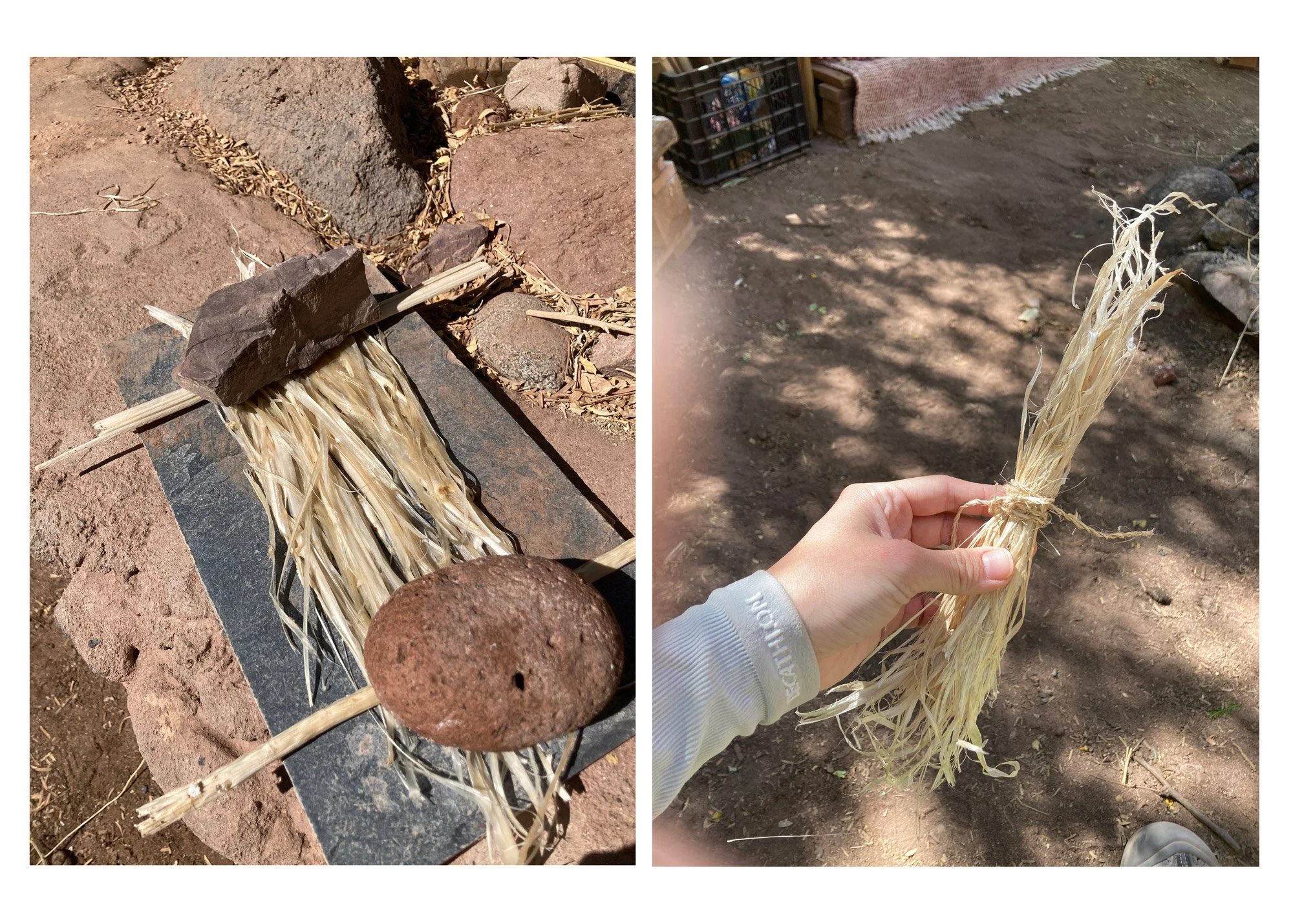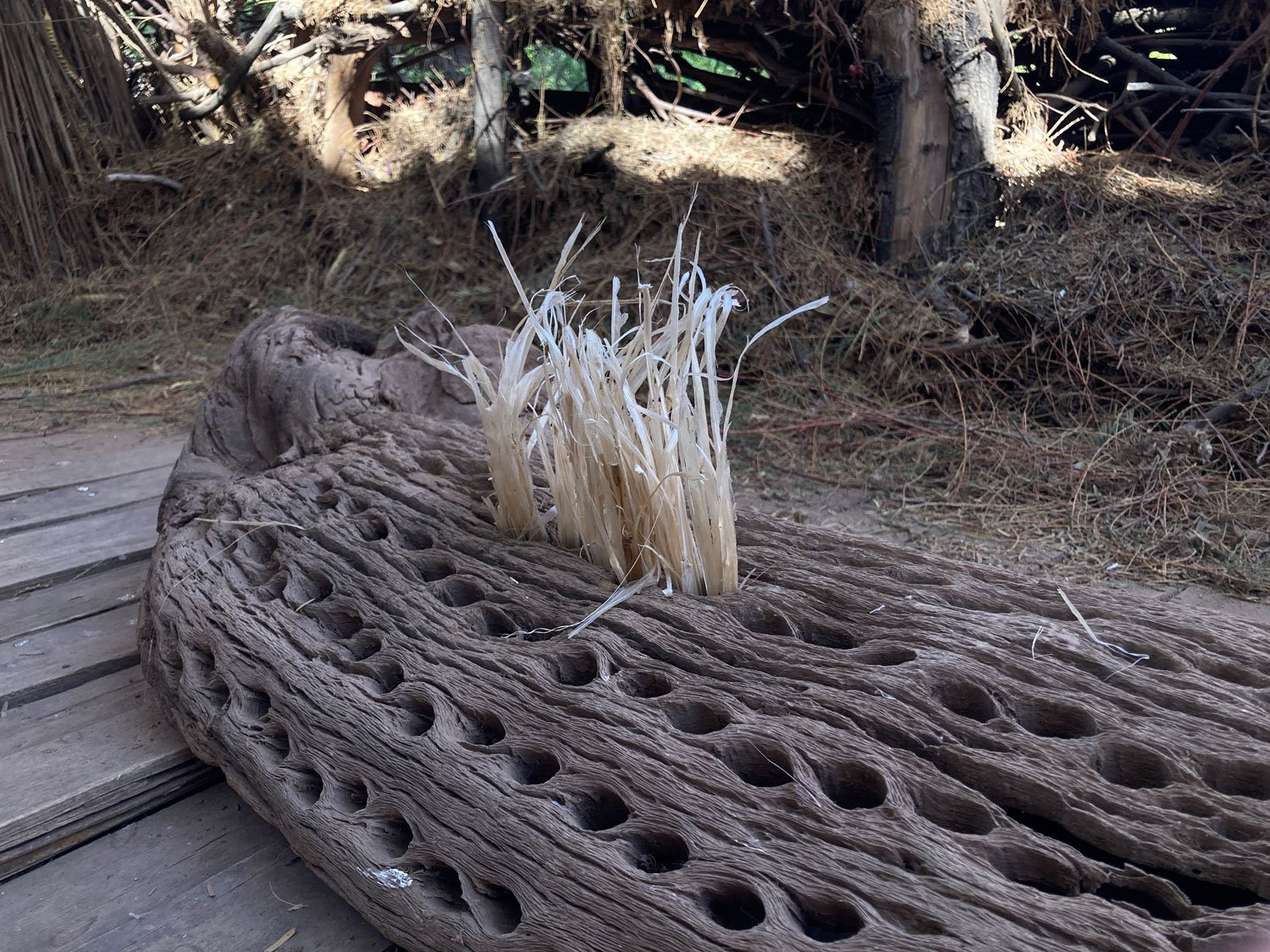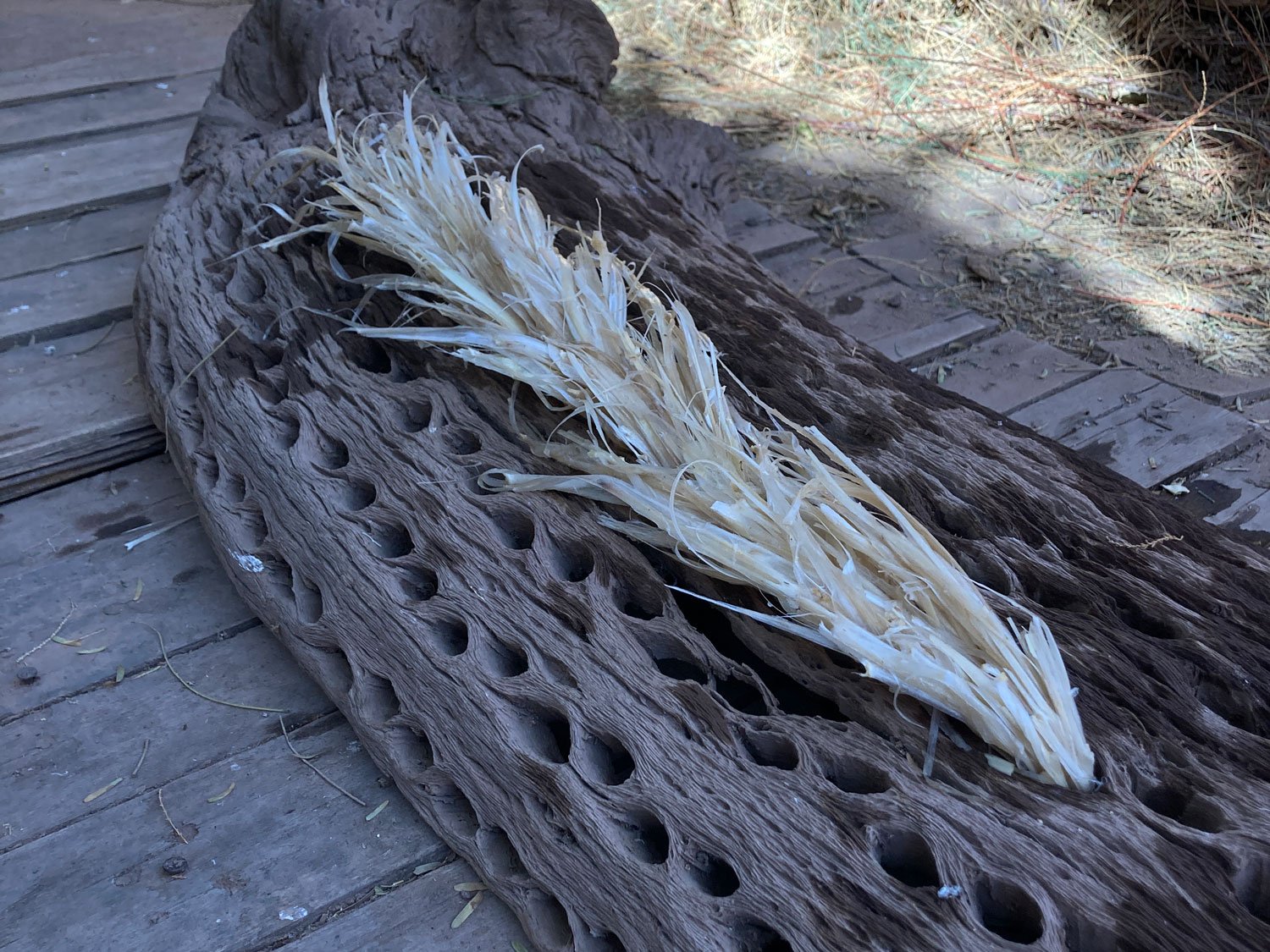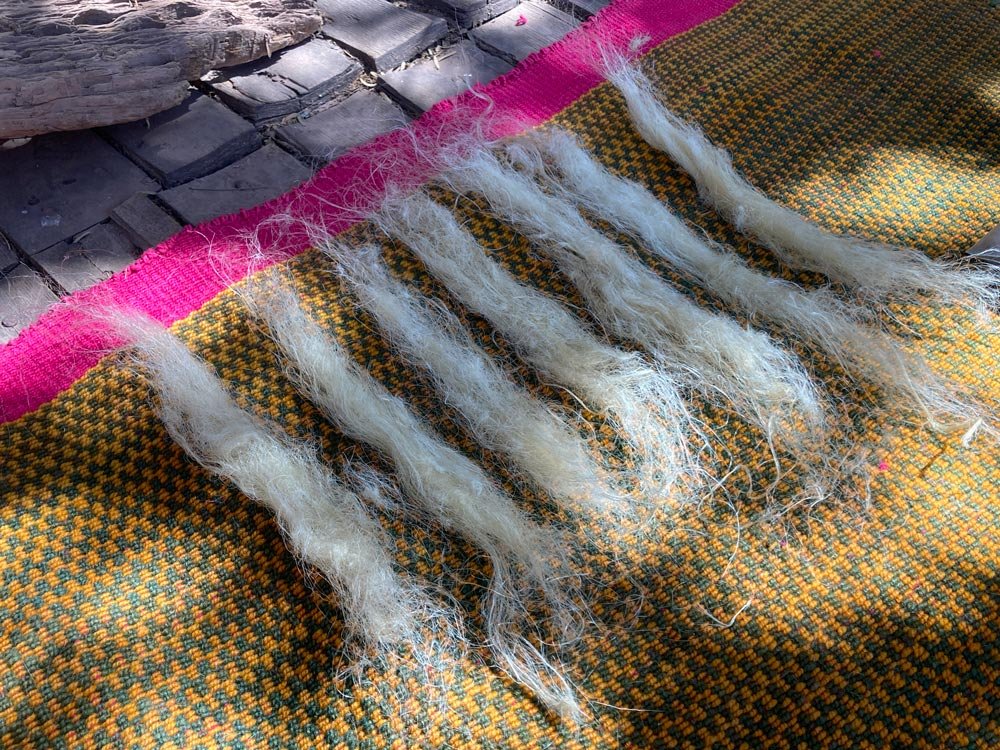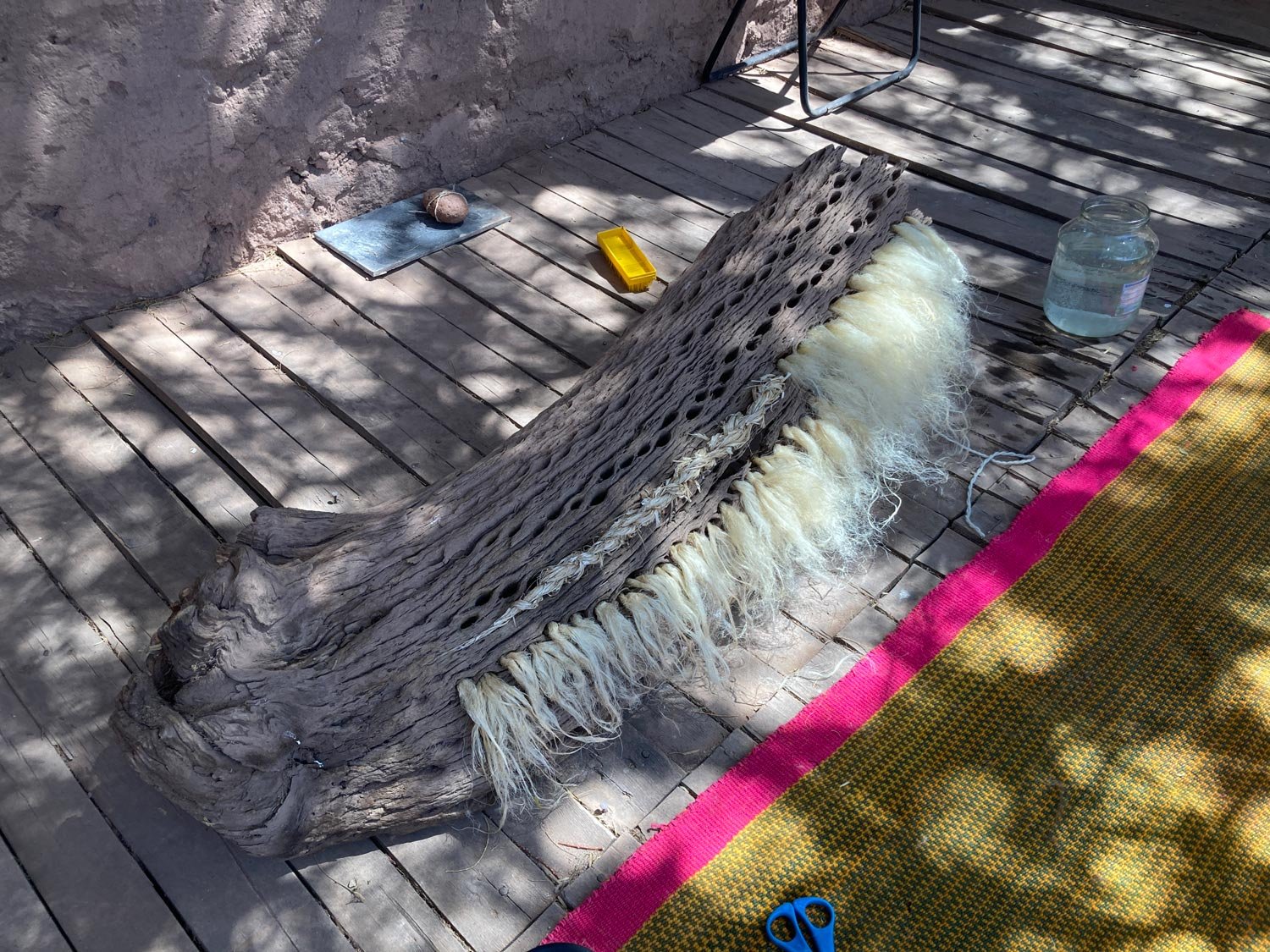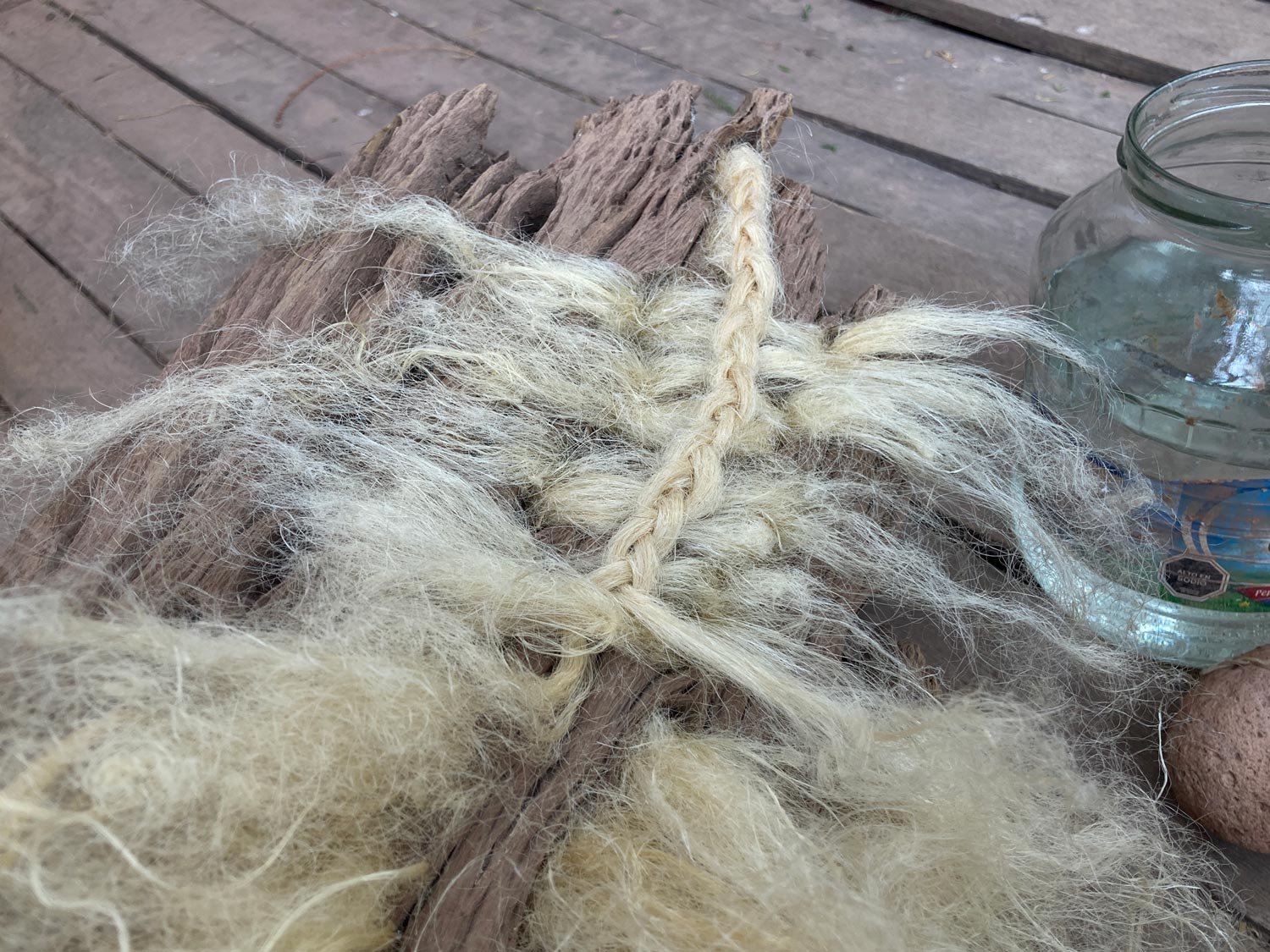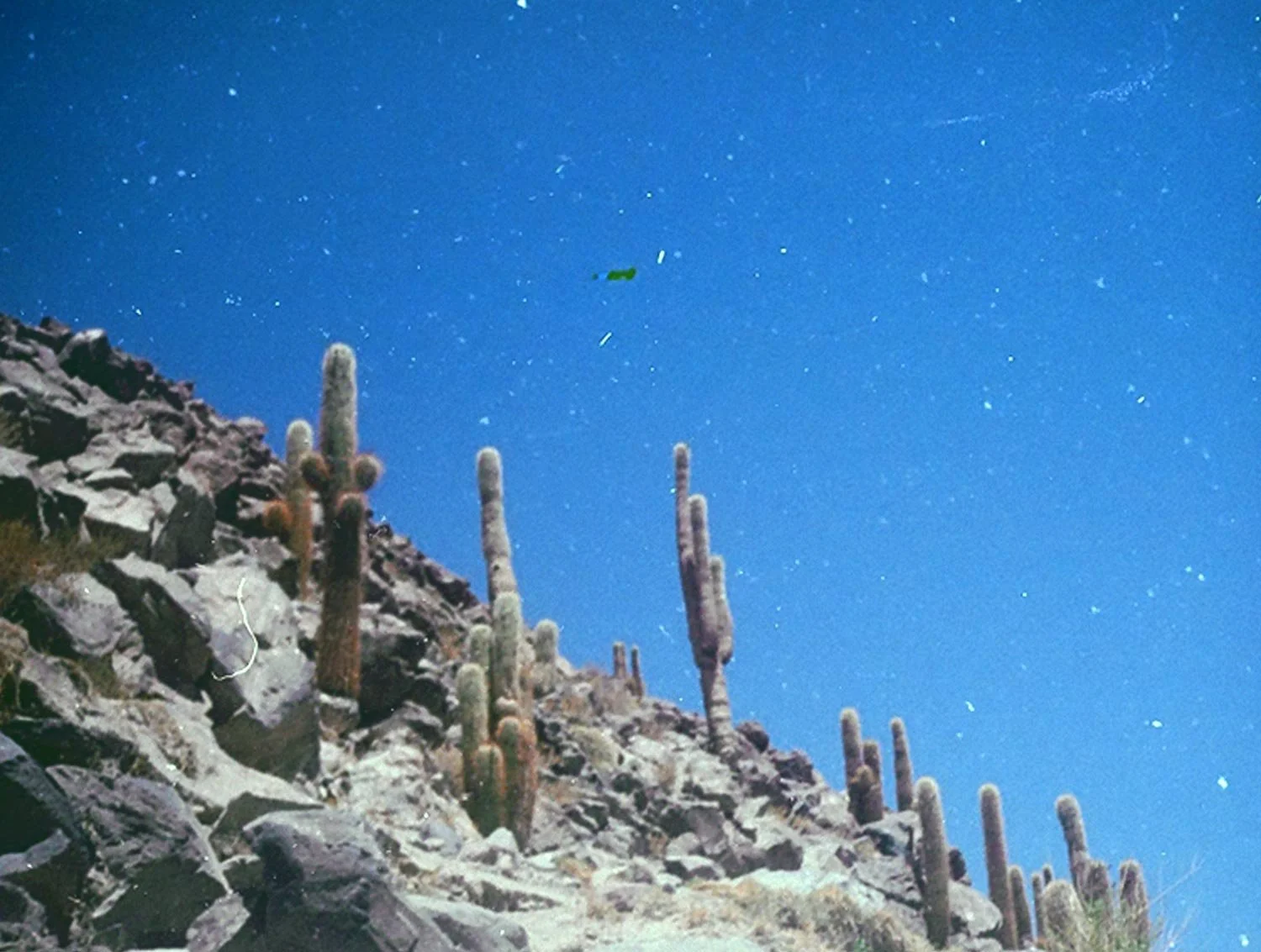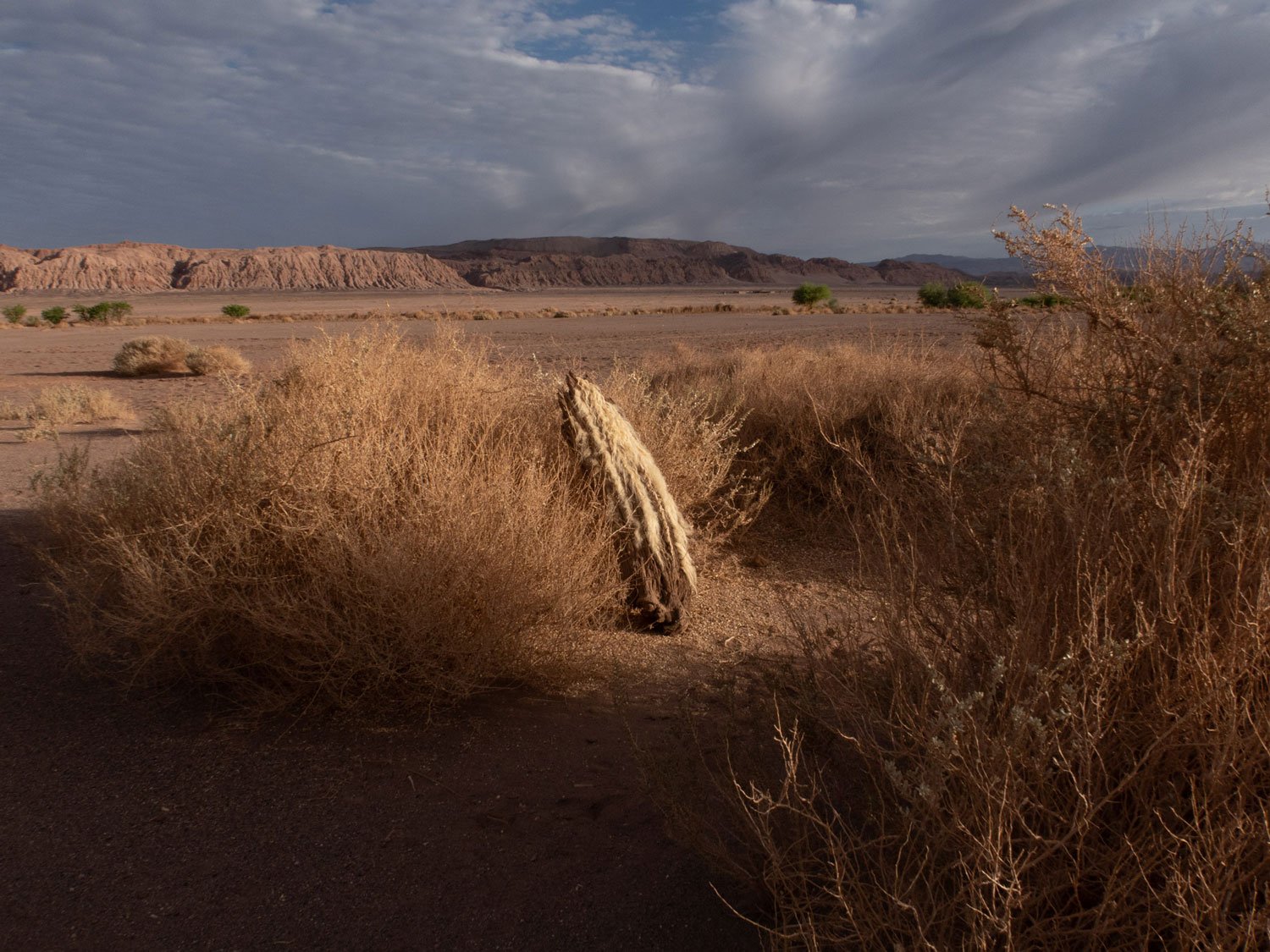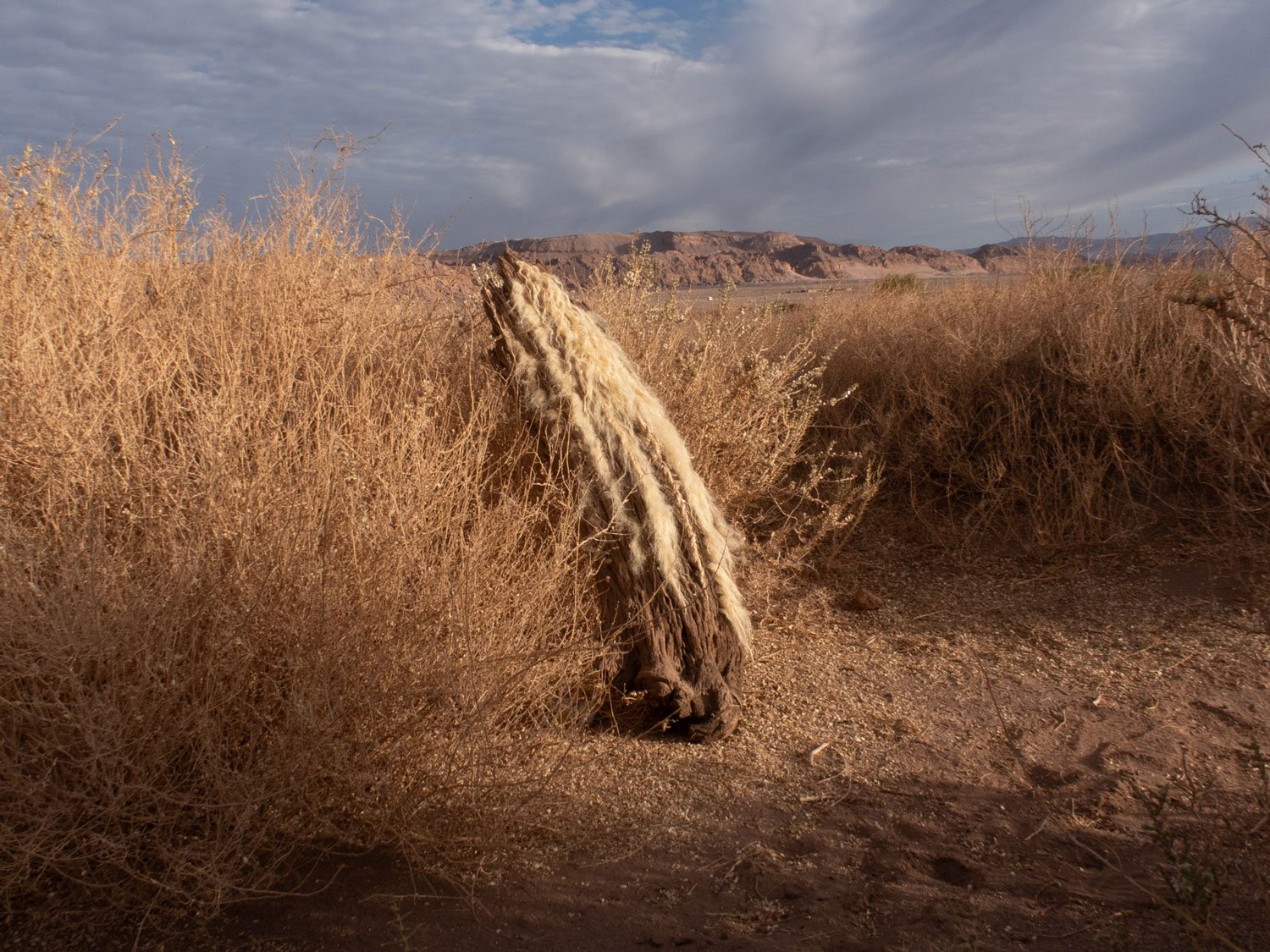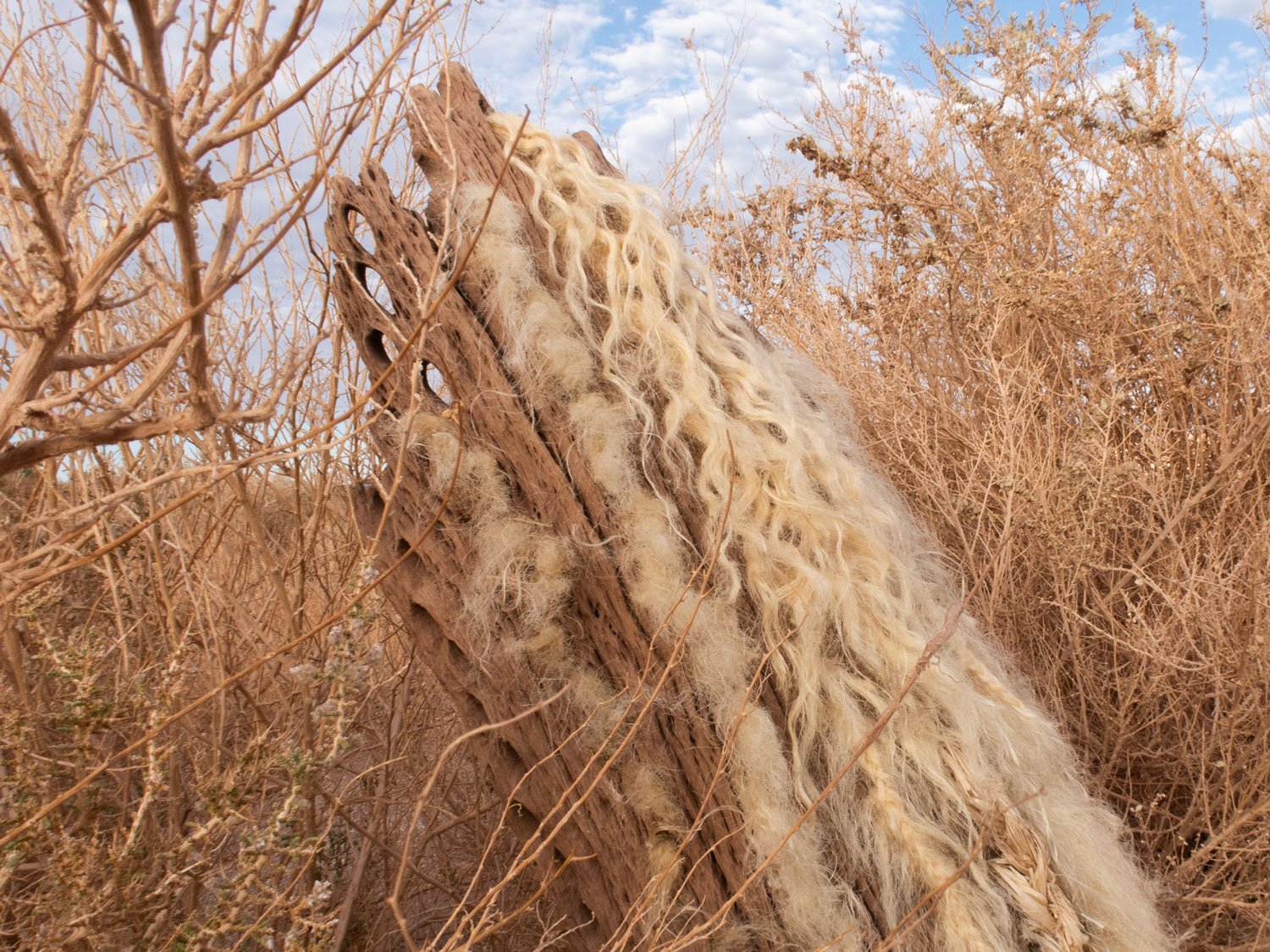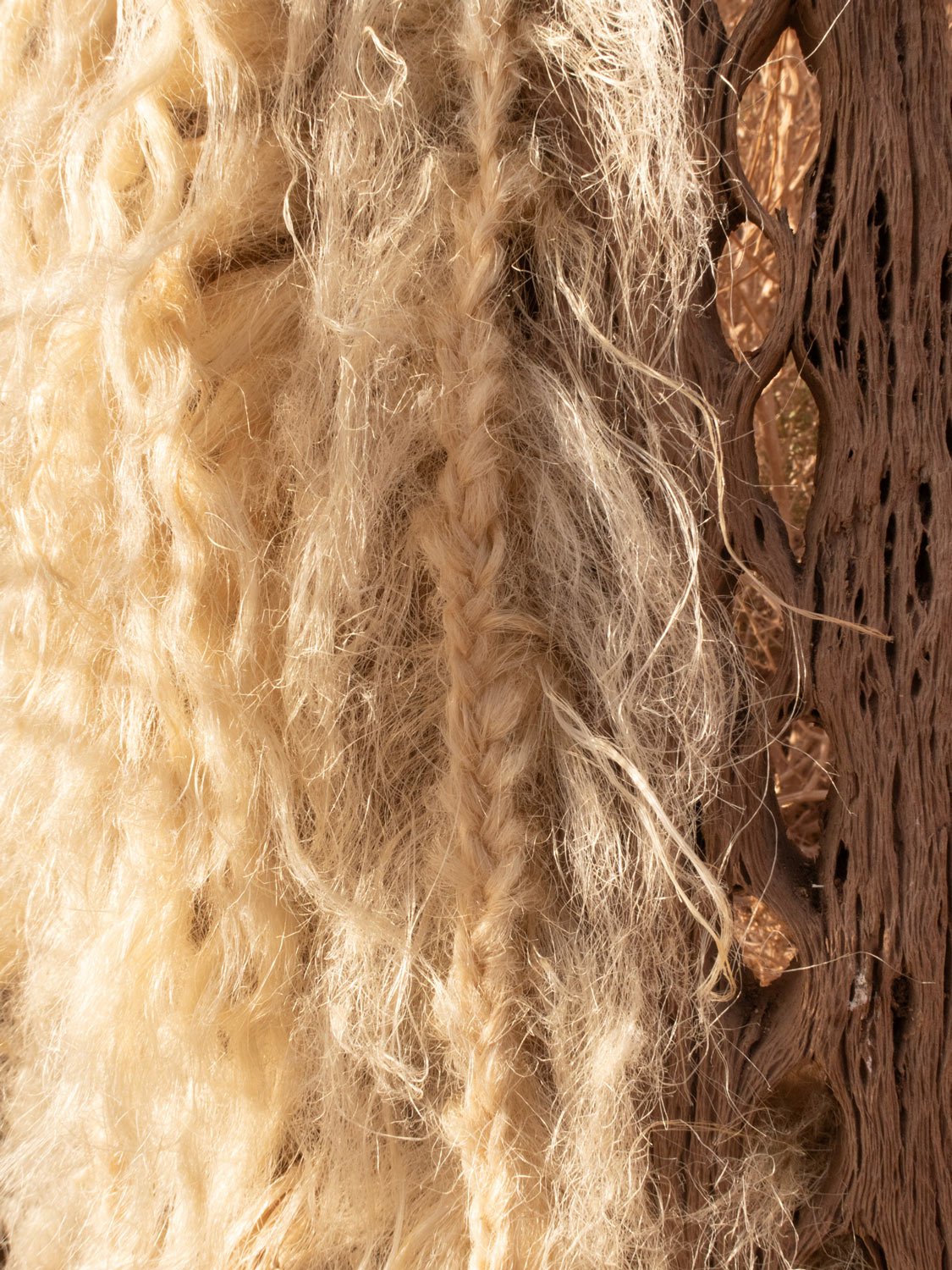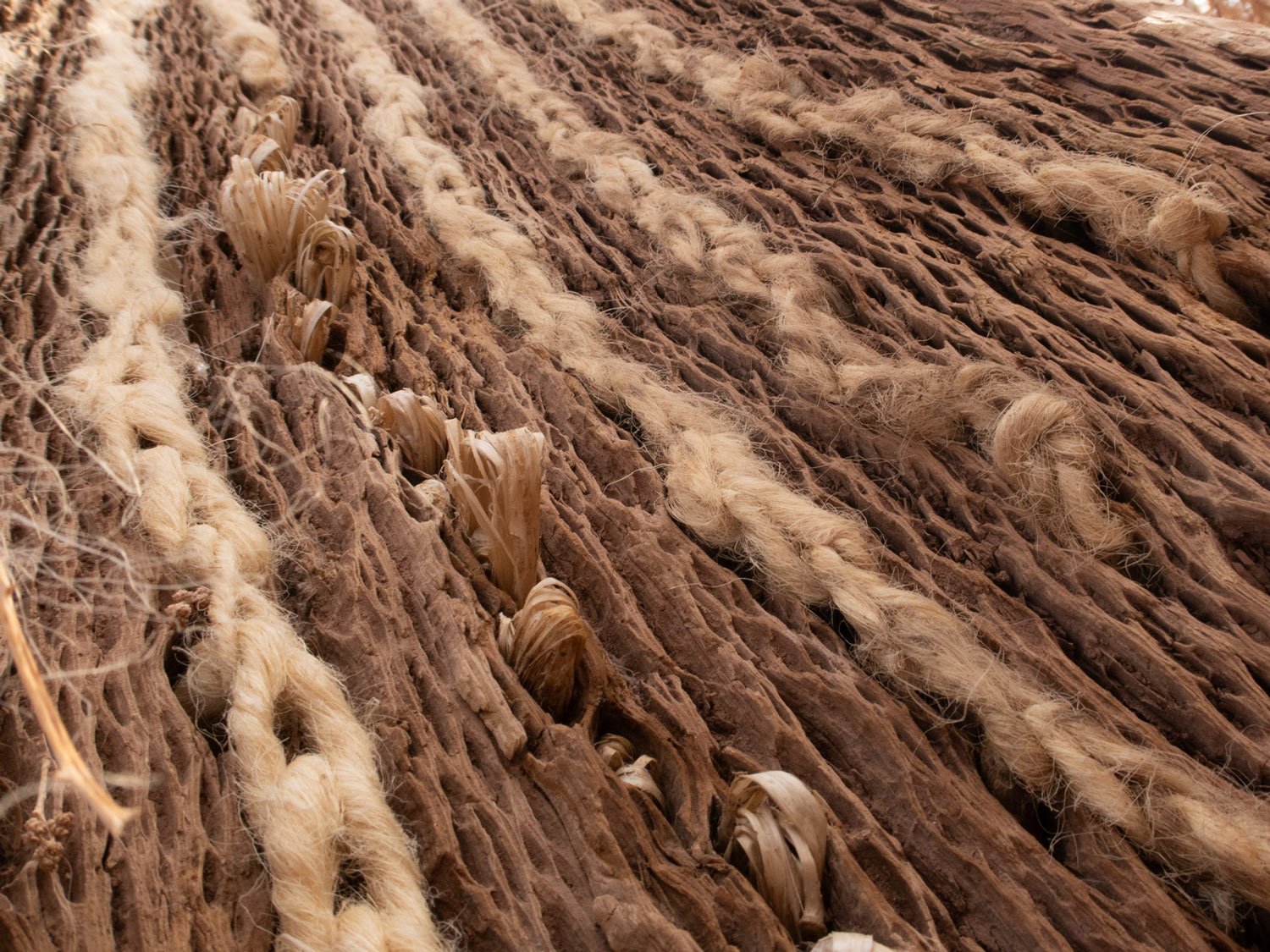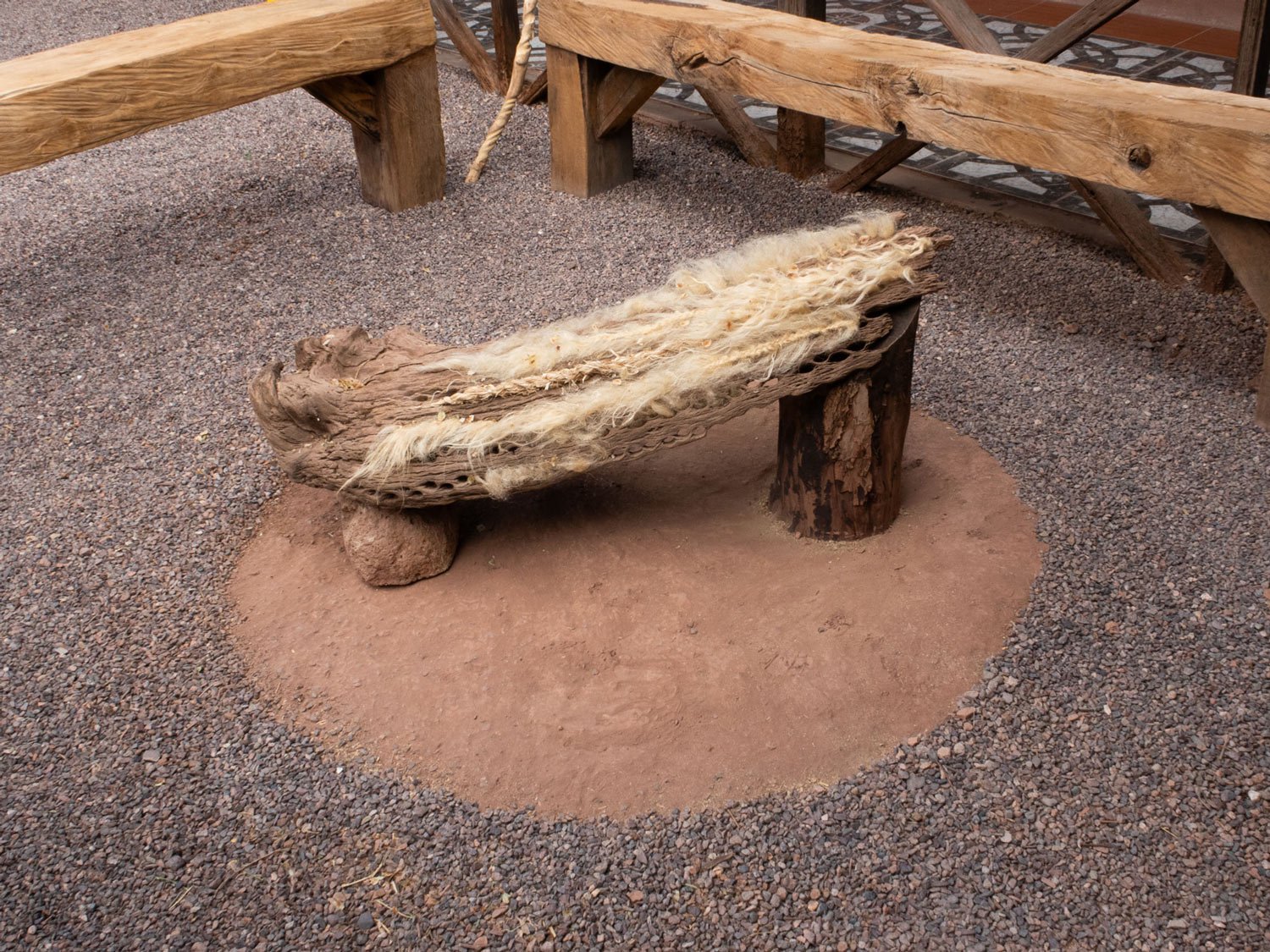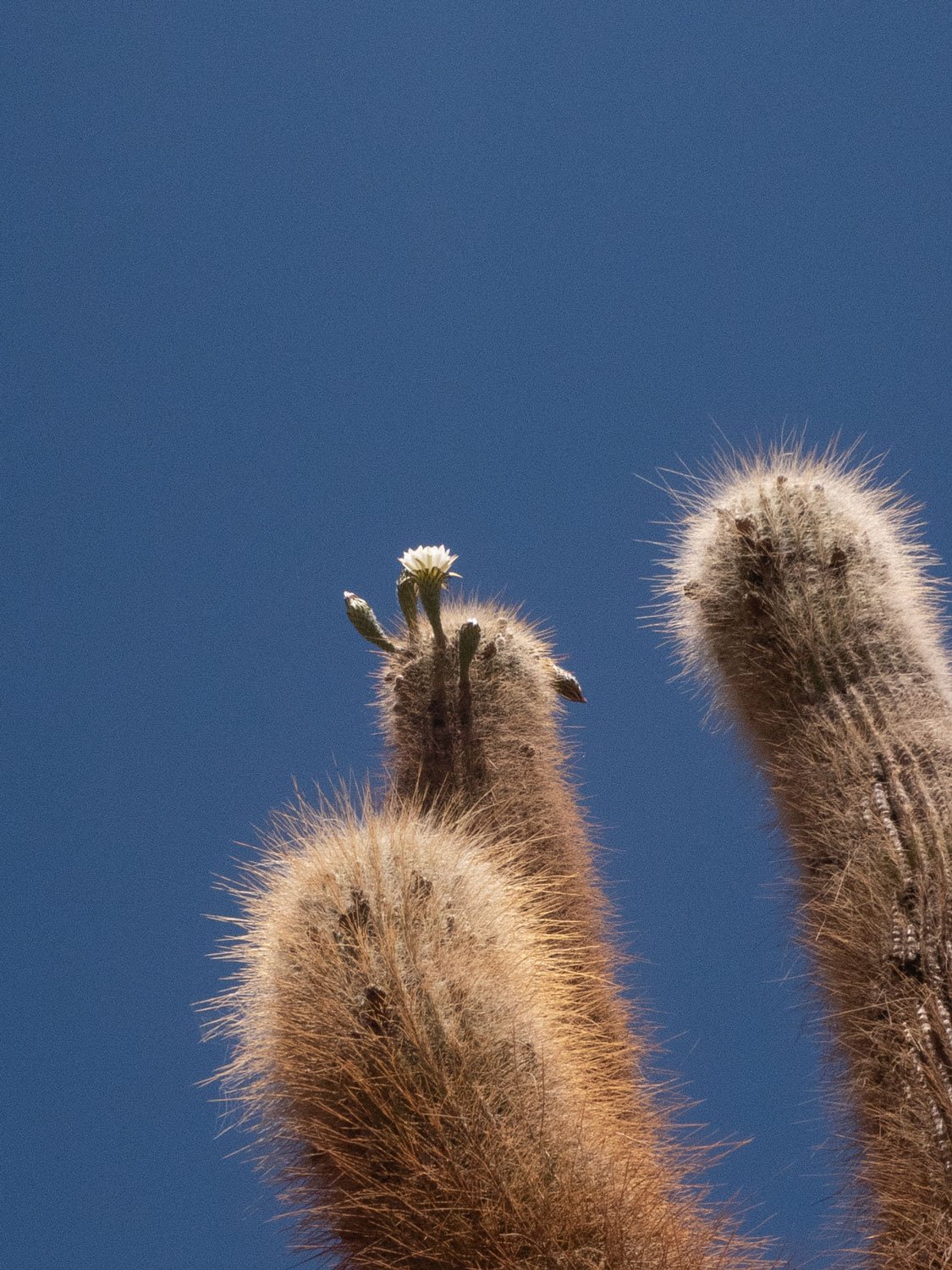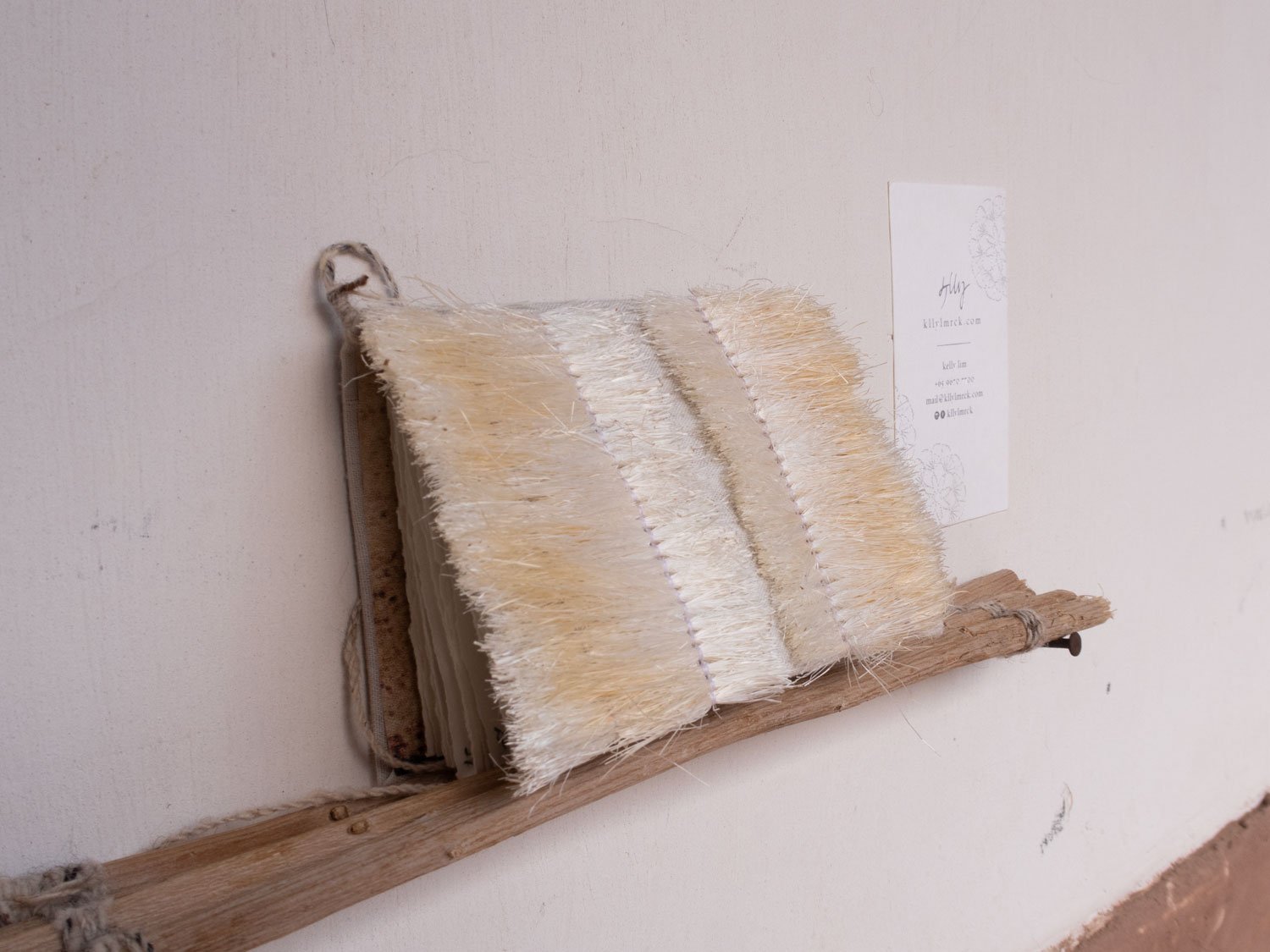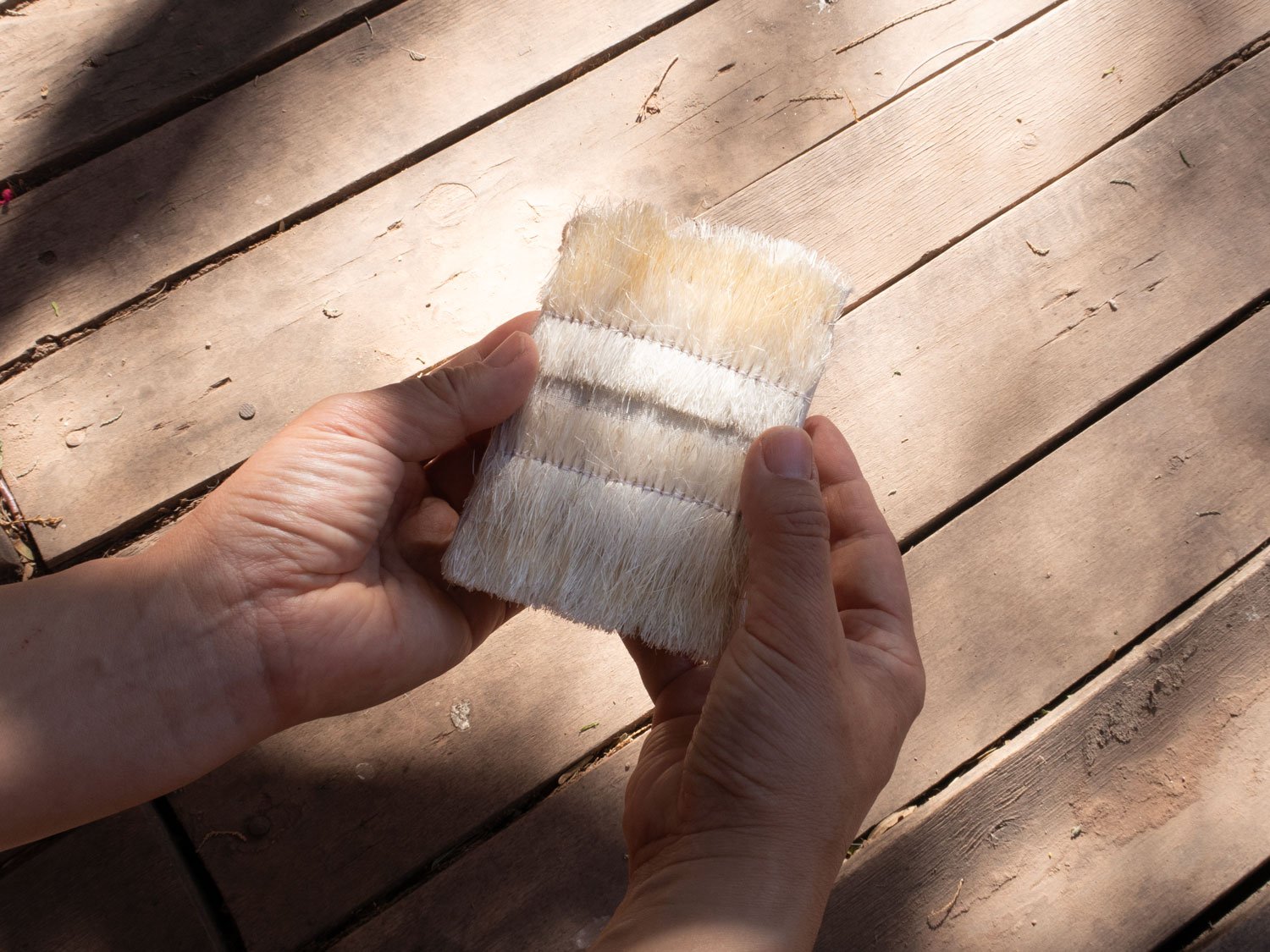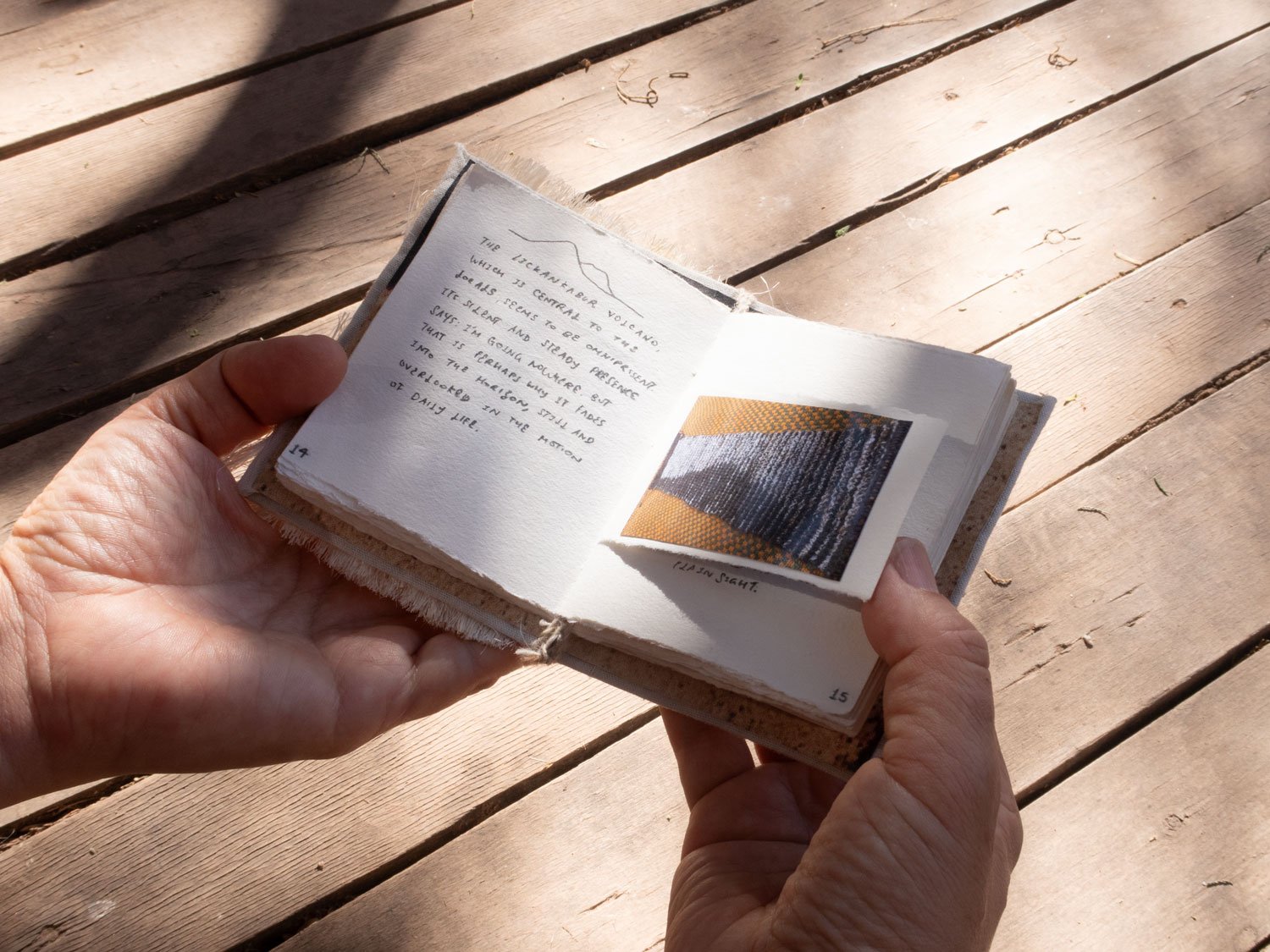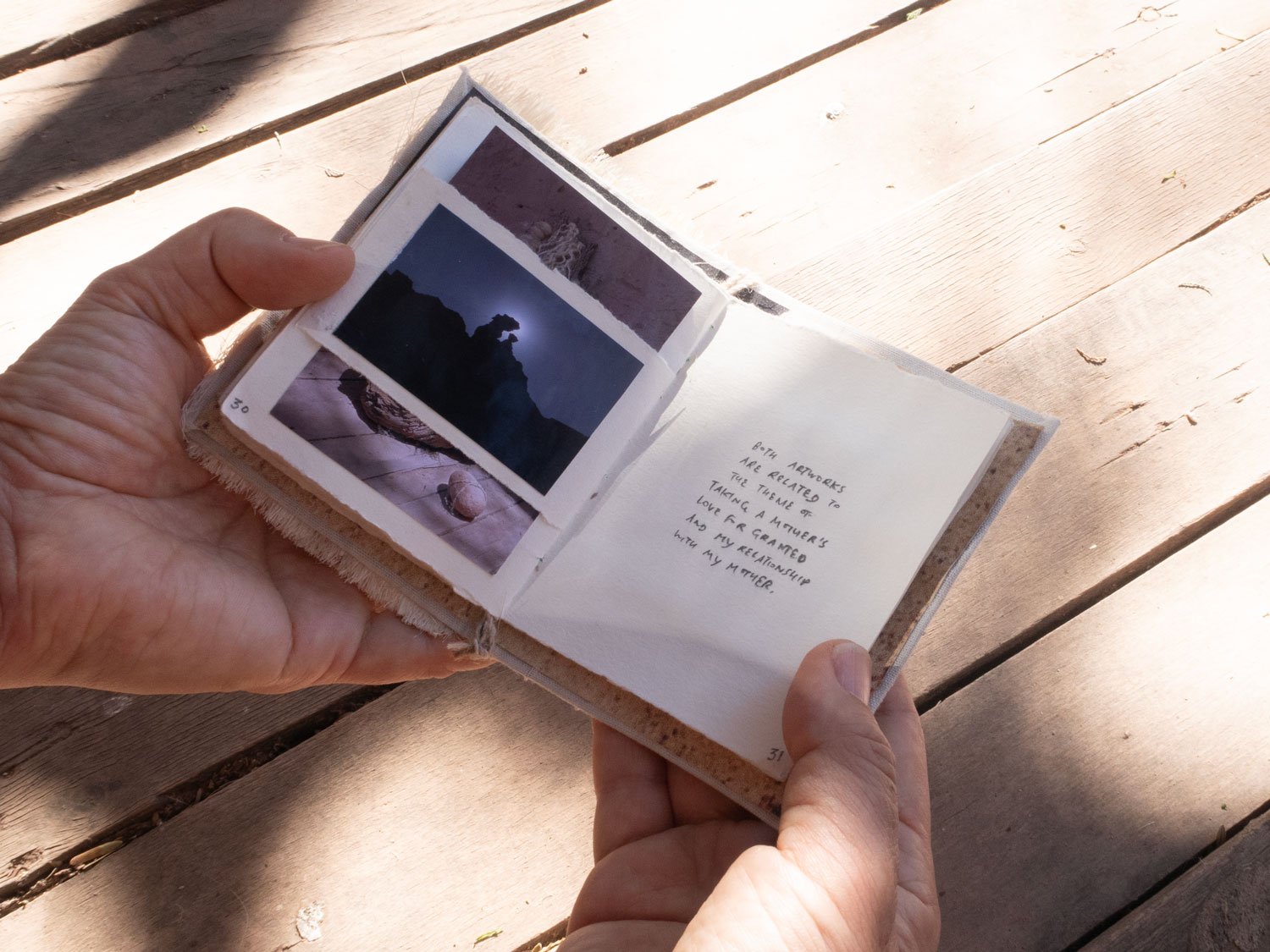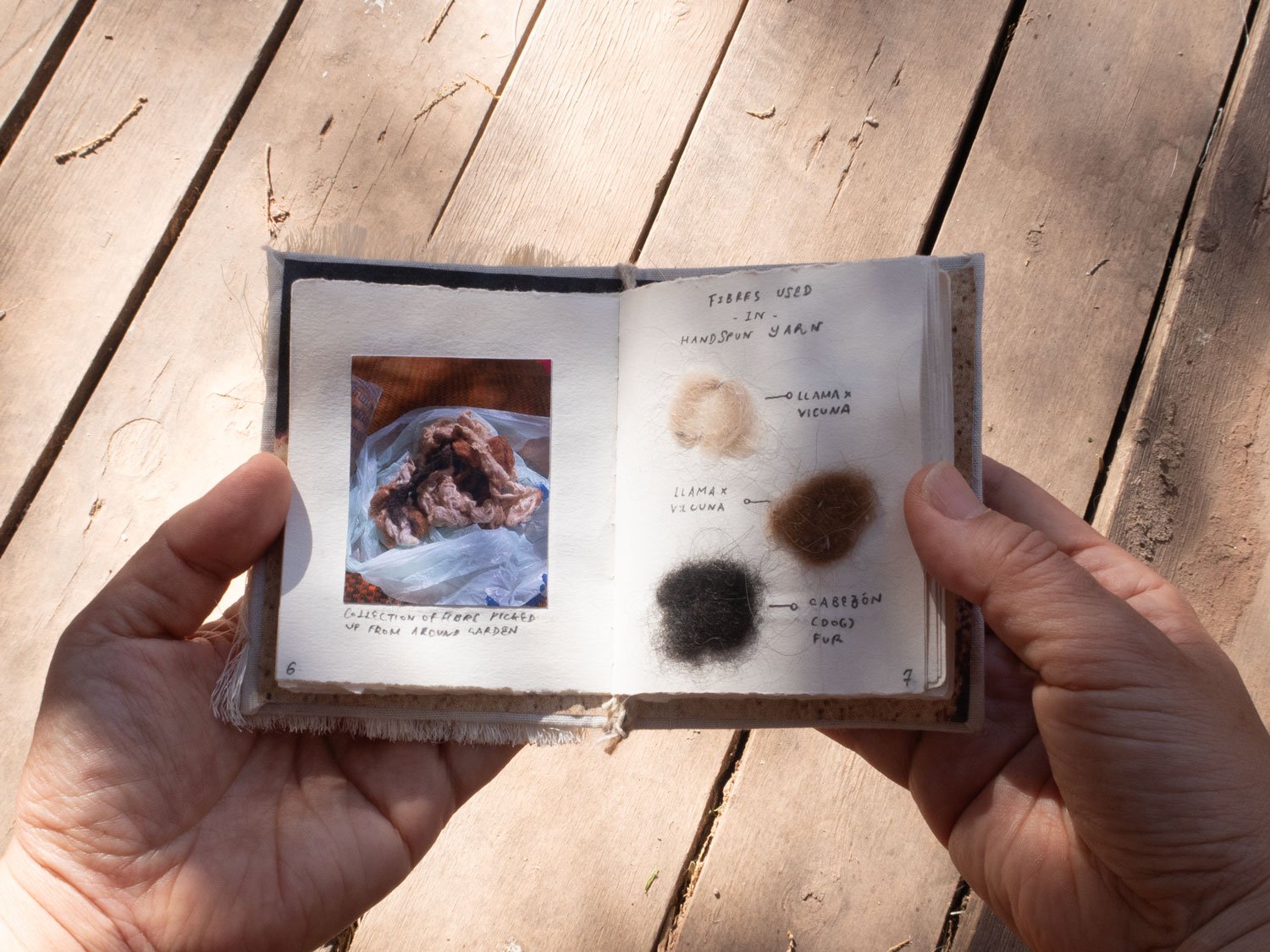We finally tumbled into the house, located in a little town called Coyo; I remember the dogs welcoming us with barks, a little bit of talking, and then I was asleep. The next morning was our first breakfast experience at the large communal table. The bread and cold cheese, granola and yoghurt looked a bit dismal. But that was only the beginning of our great breakfast expeditions. Soon people were discovering the stovetop bread toaster (which could produce grilled cheese toasties and banana French toast), introducing avocado and homemade salt from the local plant Cachiyuyo. This plant survives by using the stronger roots of other plants for support, but also absorbs the salt from groundwater so other plants can survive. In other words, they have a symbiotic relationship, and thus the Cachiyuyo is seen to be very important by the locals. They are everywhere in the desert, and one of the staff members had ground up the salty leaves of those in the residency garden to use as table salt, adding to our delicious vegetarian meals.
On one of the first few mornings, we attended the Ayni ceremony, to give our offerings to the land. As Carlos, a local healer and our host performed the ceremony in the cold of desert mornings, I was struck by how similar the beliefs were to what I read about the Mongolians. Largely, it reminded me of the balance of Yin&Yang, as Carlos spoke about the balance of woman and man, death and life, dark and light. It also reminded me of concepts of dark, light, death and life in Ursula Le Guin’s The Tombs of Atuan (even more so as it is based in the desert).
I was particularly taken with the concept of Warmija (spelling differs as it is passed orally)— the perfect harmony that can be found between woman and man, resulting in one balanced being. There is also the belief of Pirgua- a single being that can be Warmija on its own. Carlos shared about how Pirgua are seen as blessings; he has a goat who has the head of a male goat, but the genitalia of a female goat. As male goats are aggressive, they often injure female goats while trying to mate. Carlos thus puts this gentle yet playful Pirgua goat into the enclosure with the females to get them ‘into the mood’, and only allows the male goats to ‘finish the act’. I knew at once that this was going to be the basis from which I created my artwork in the desert.


